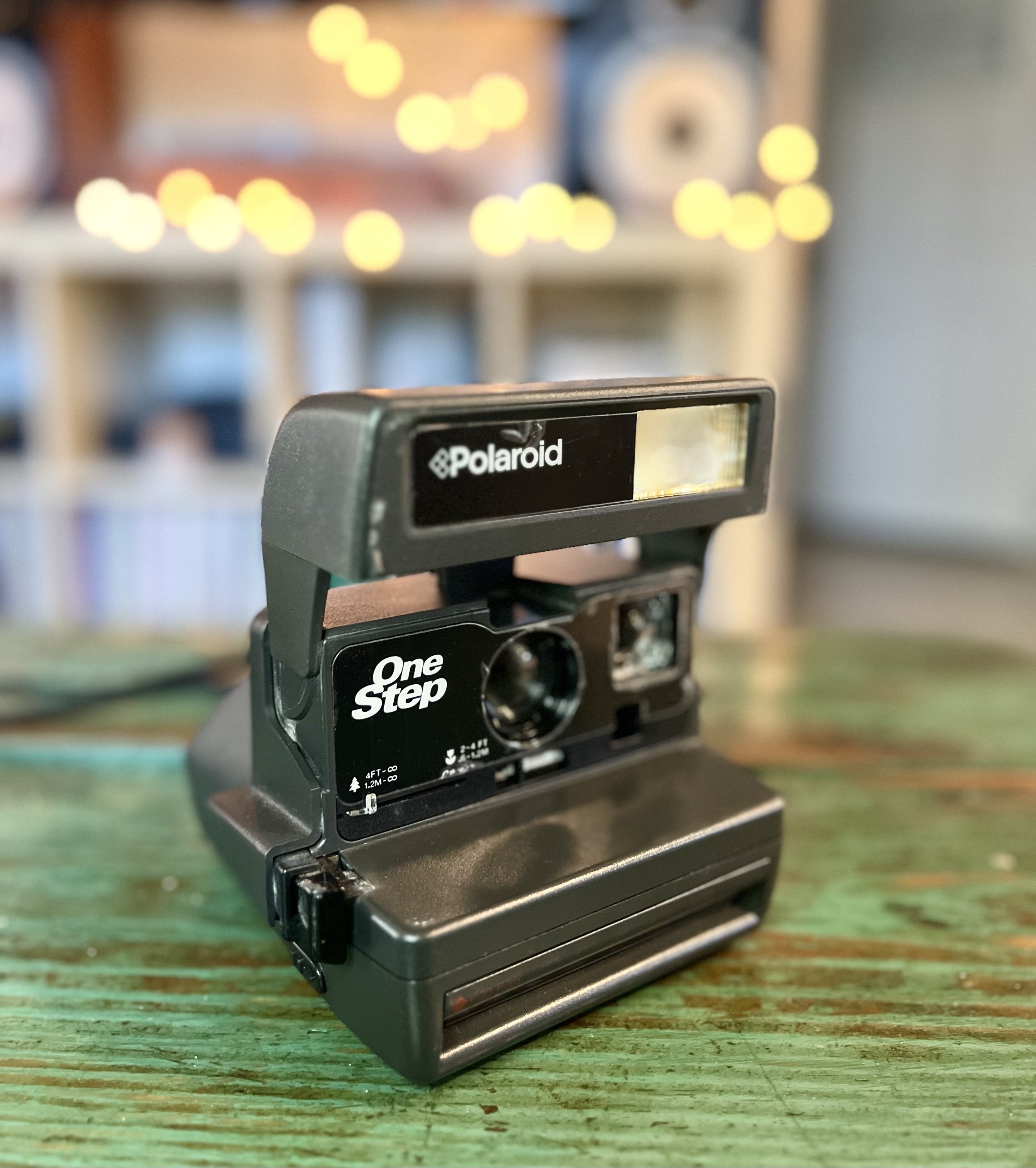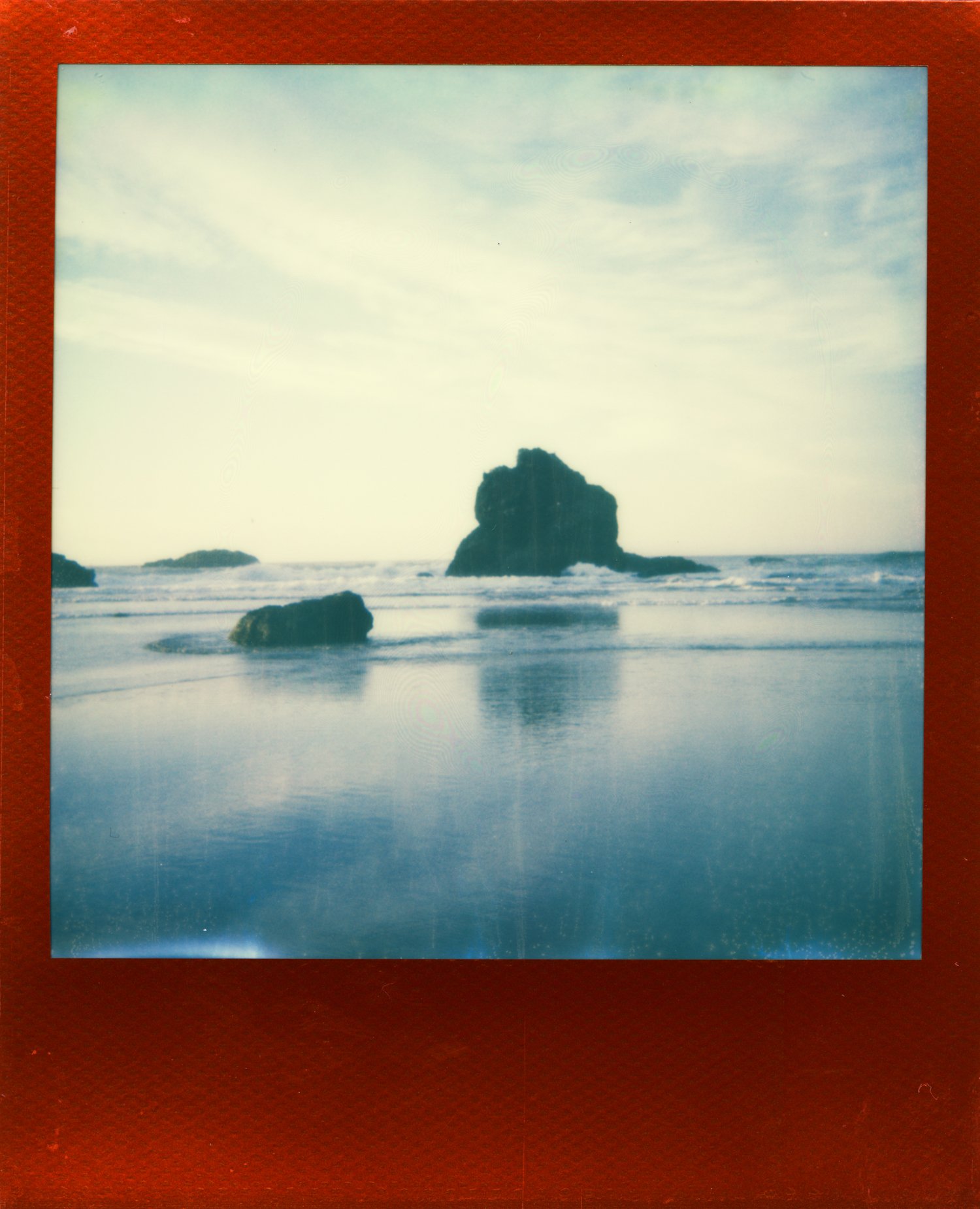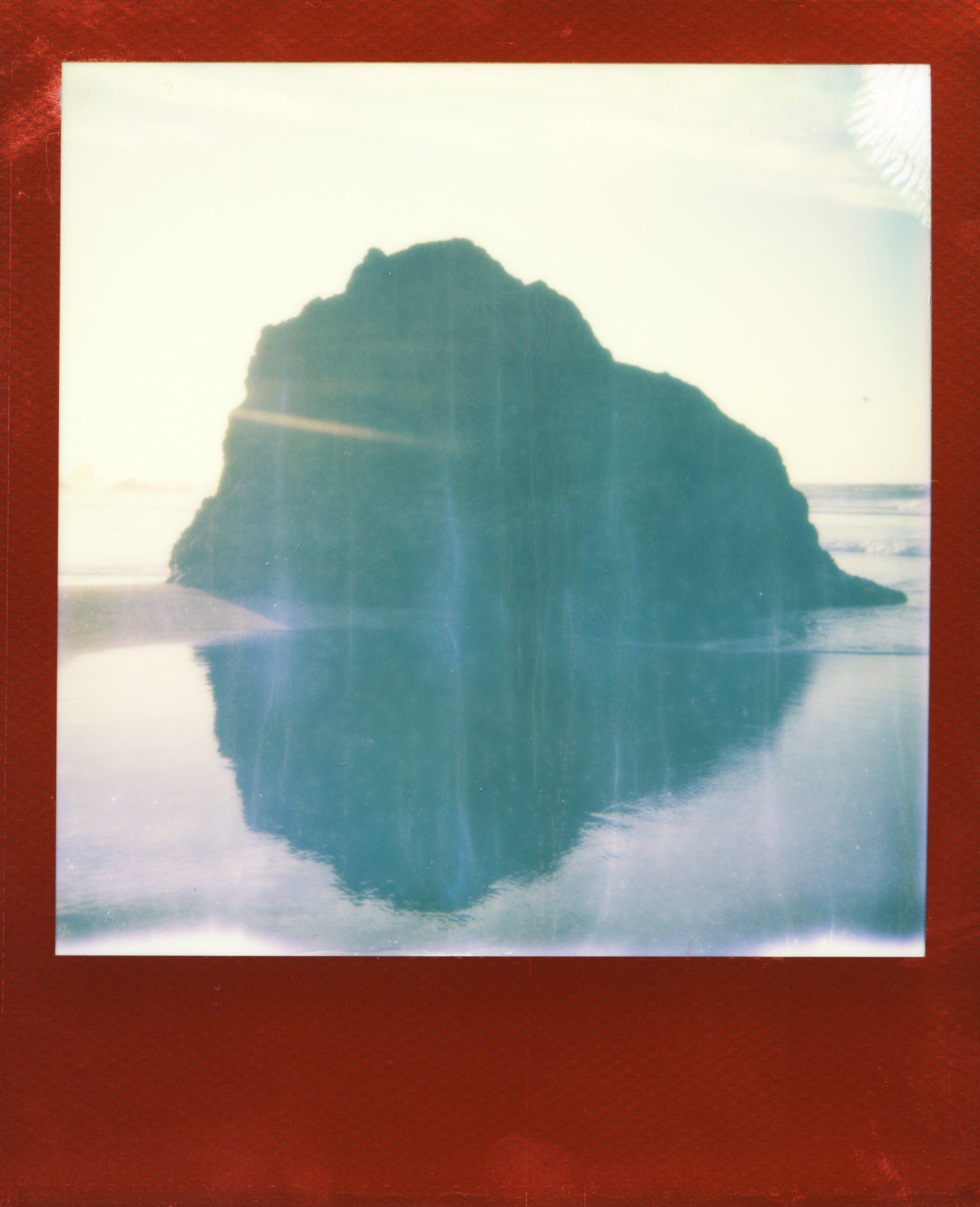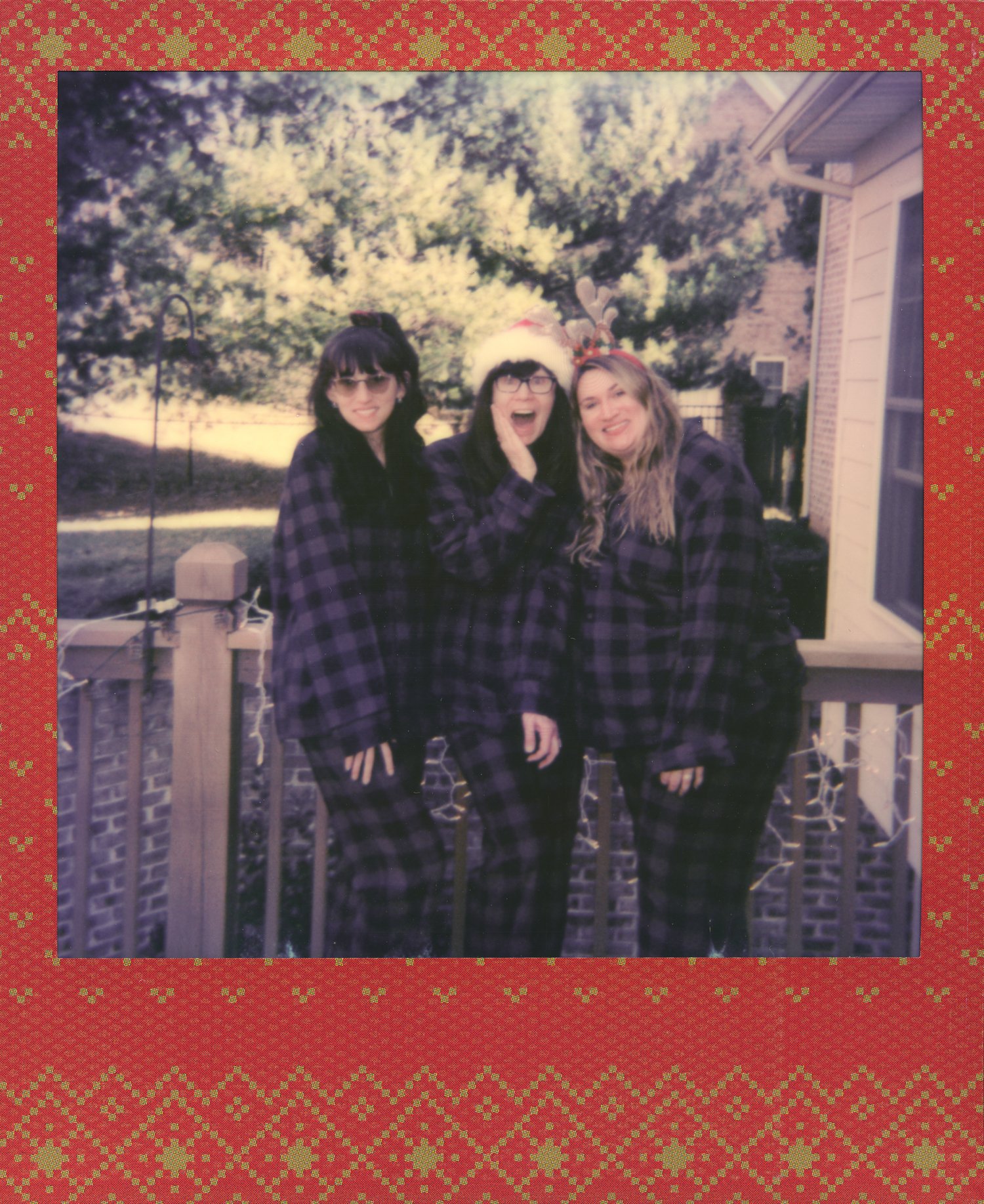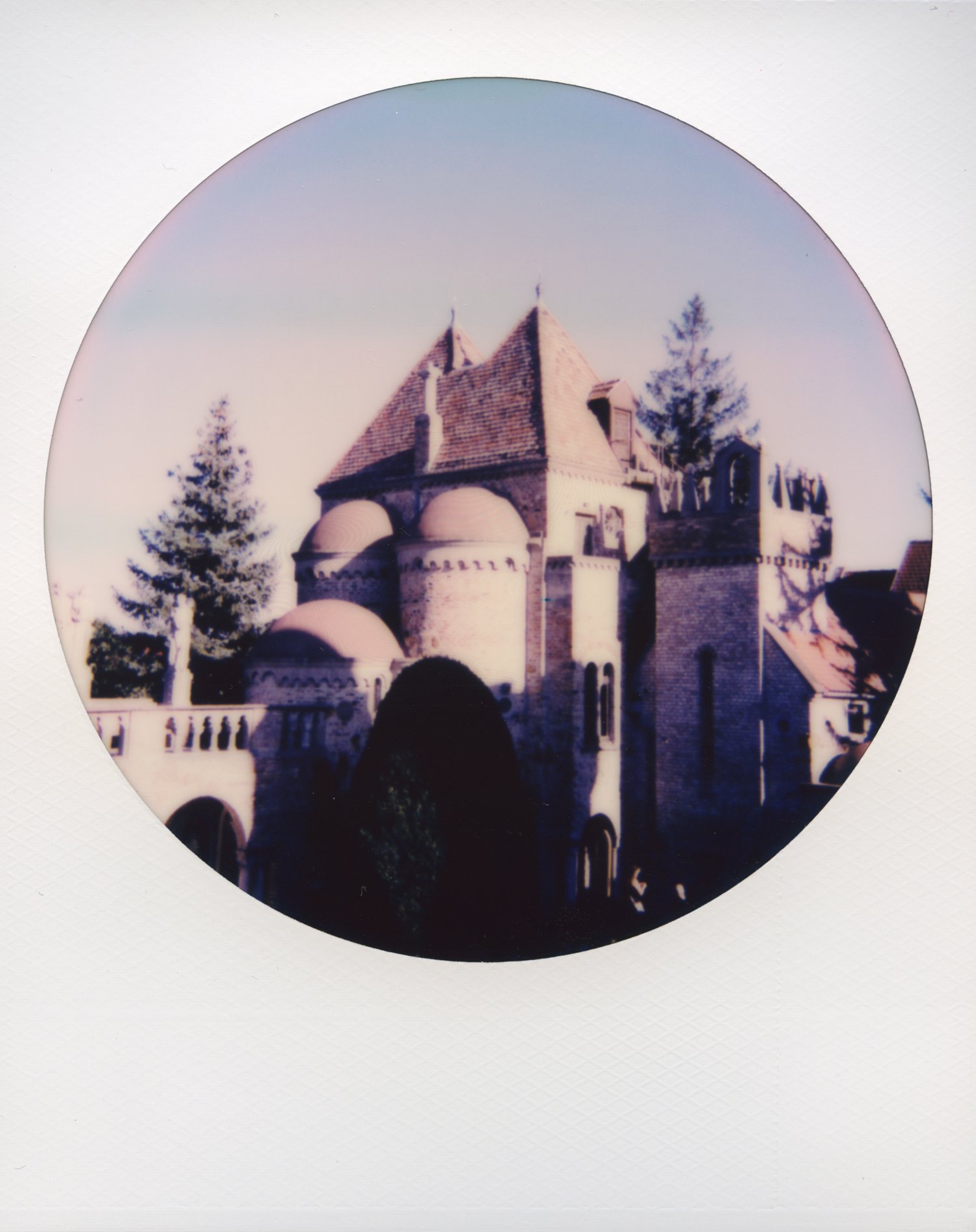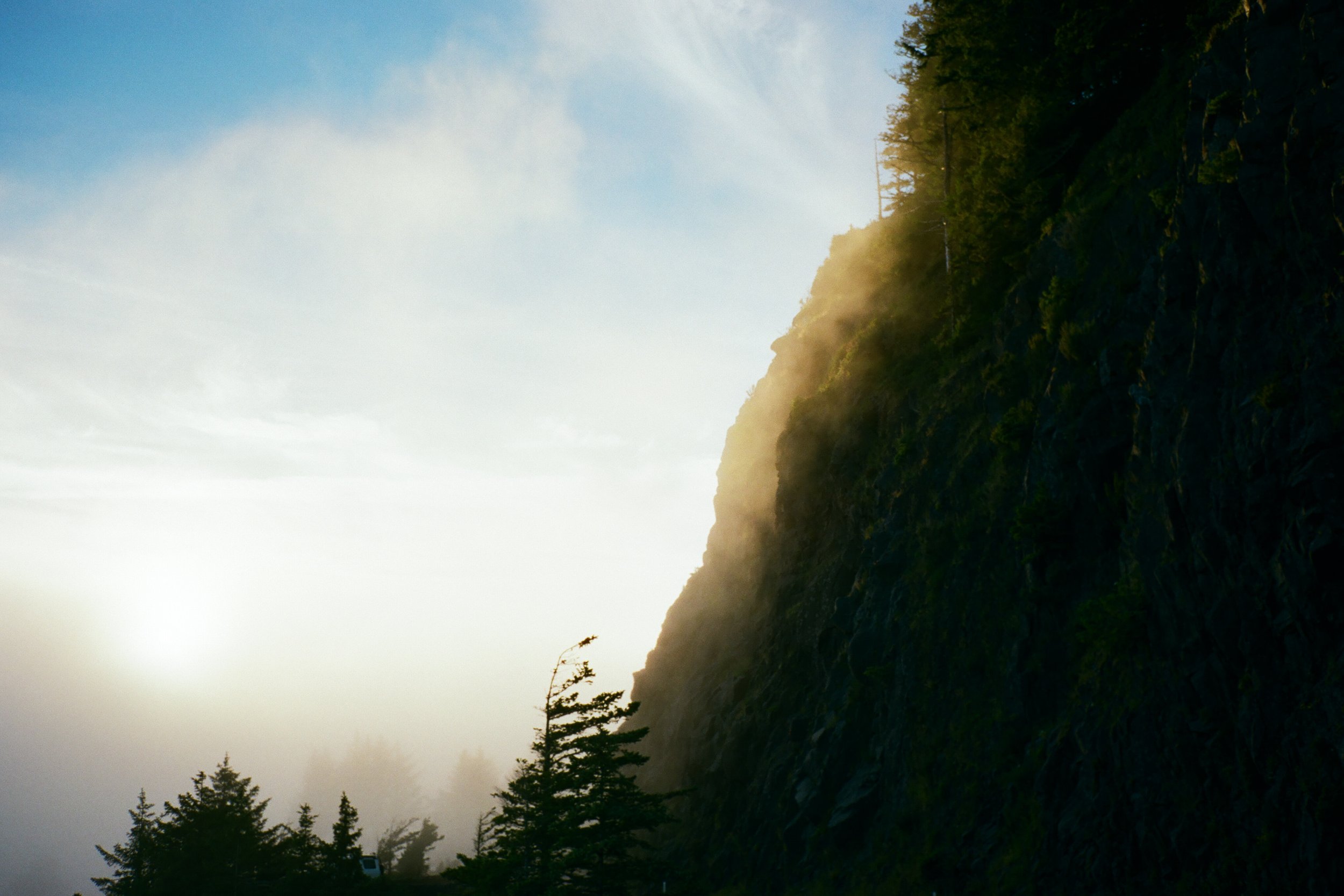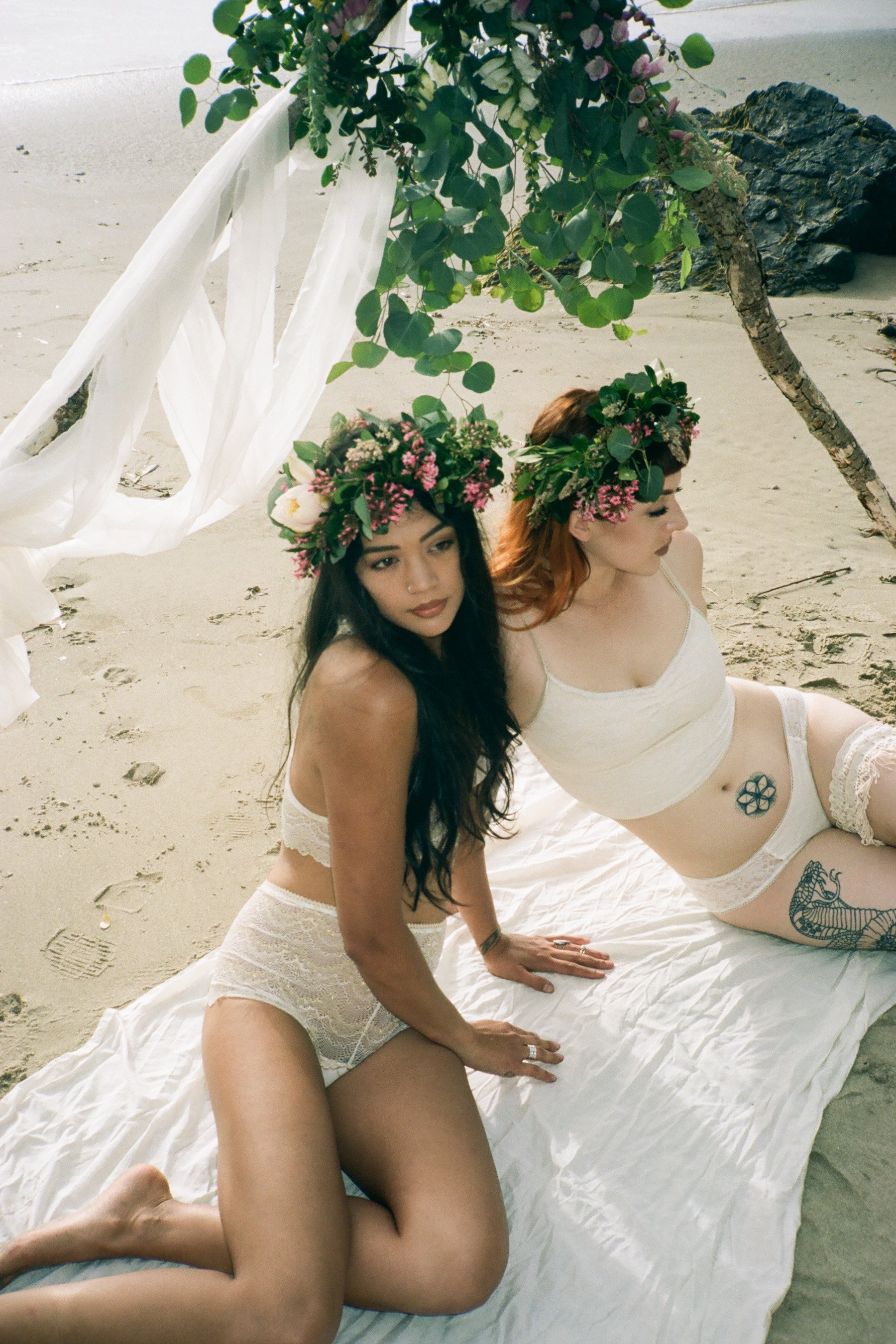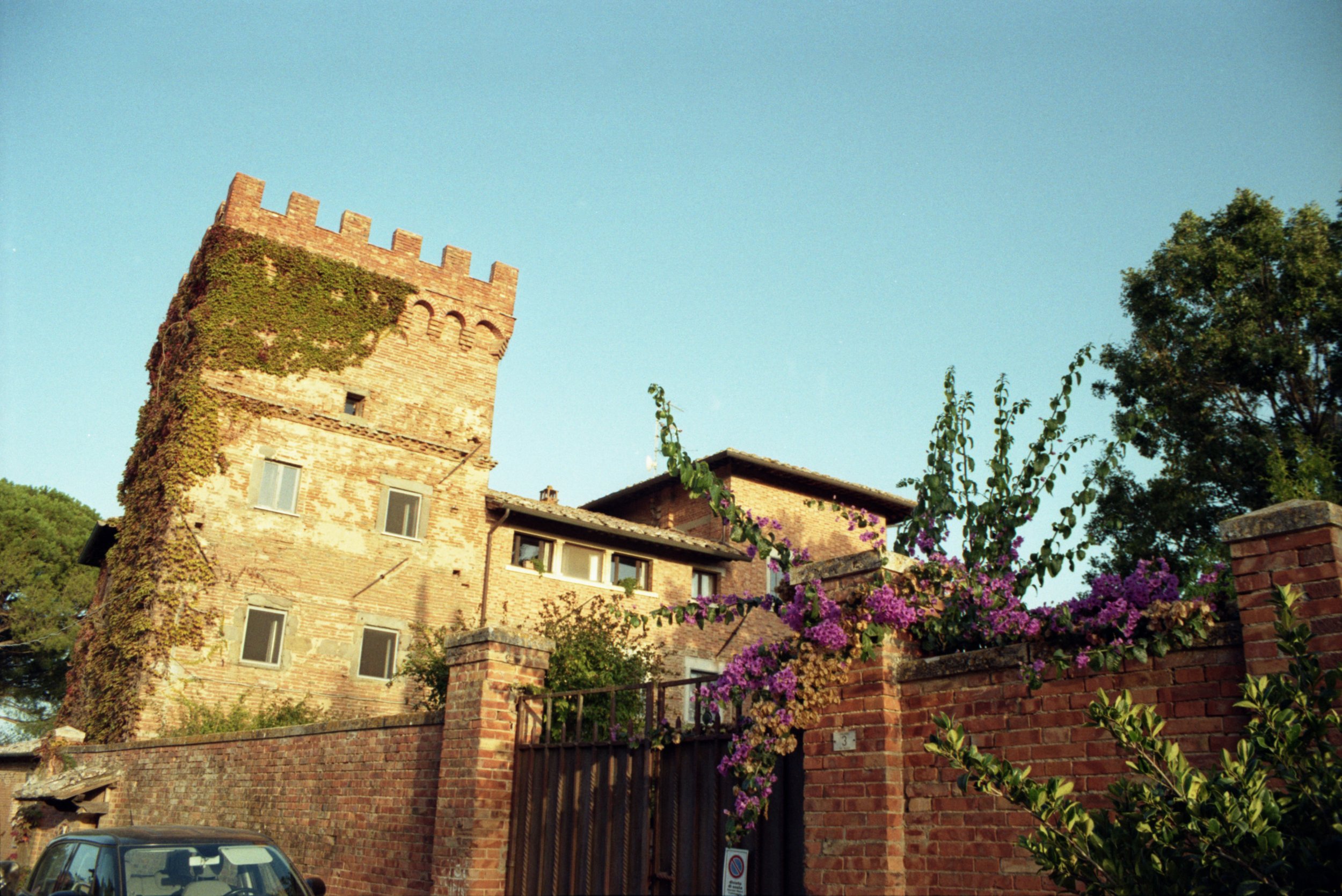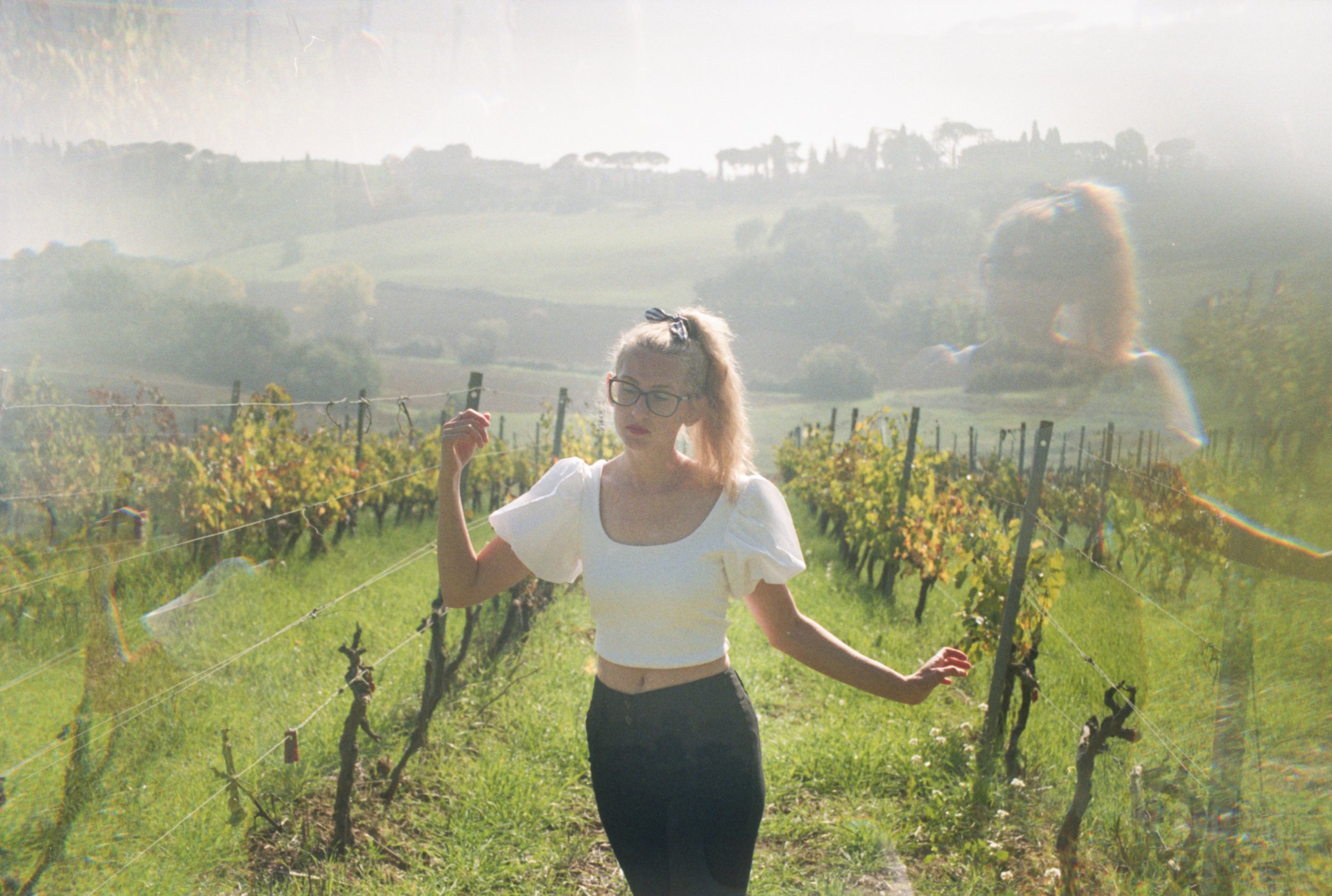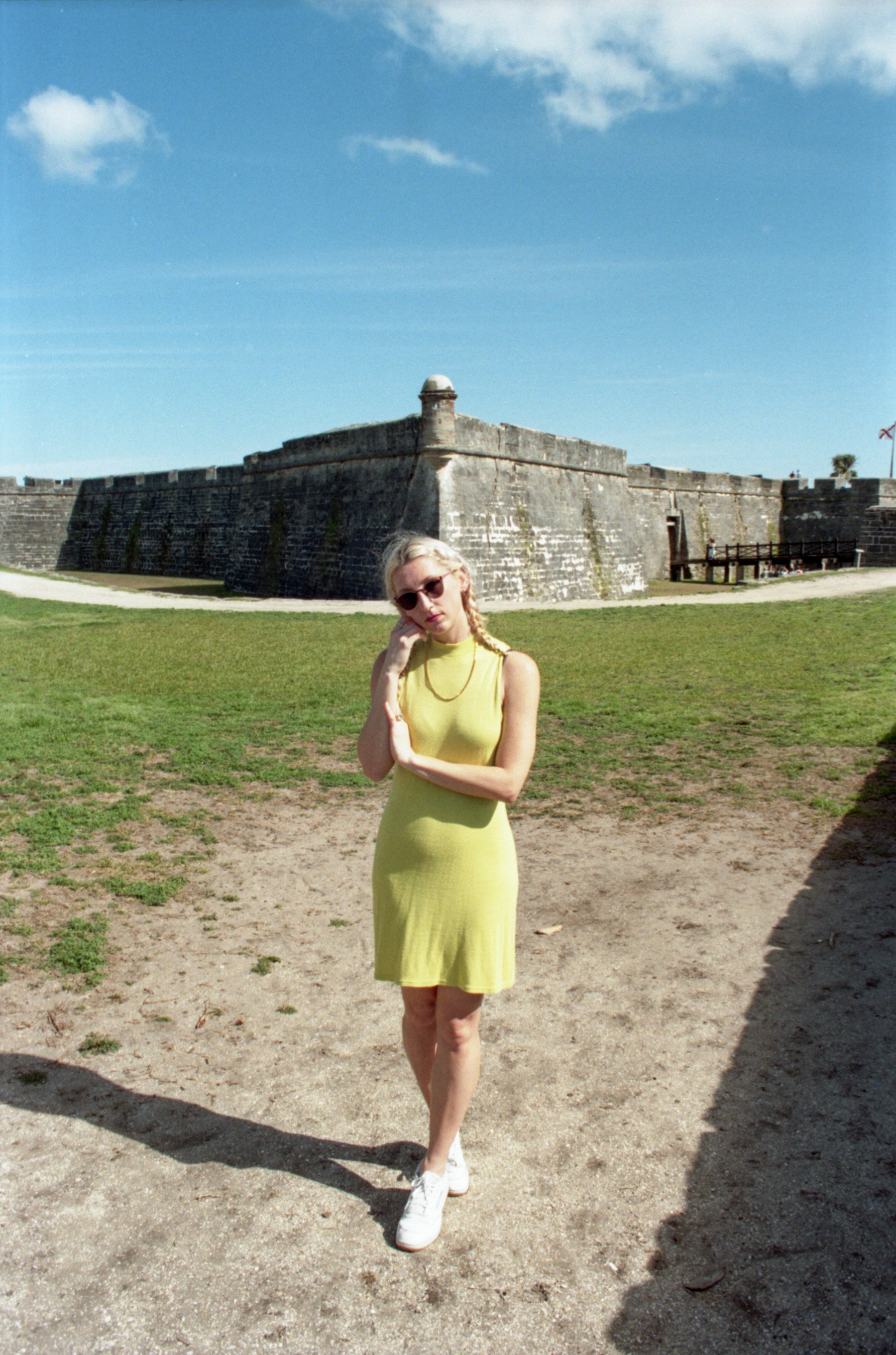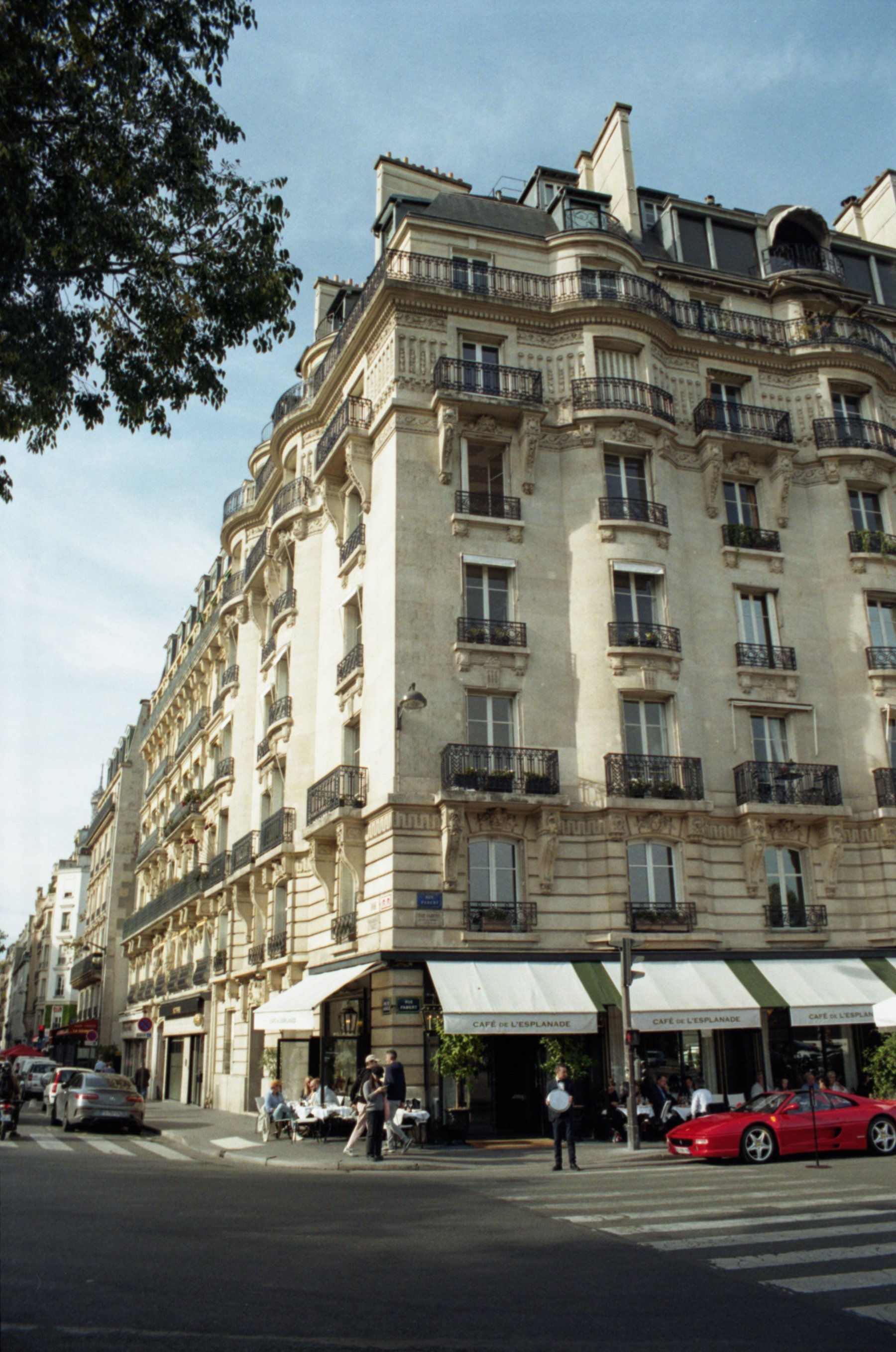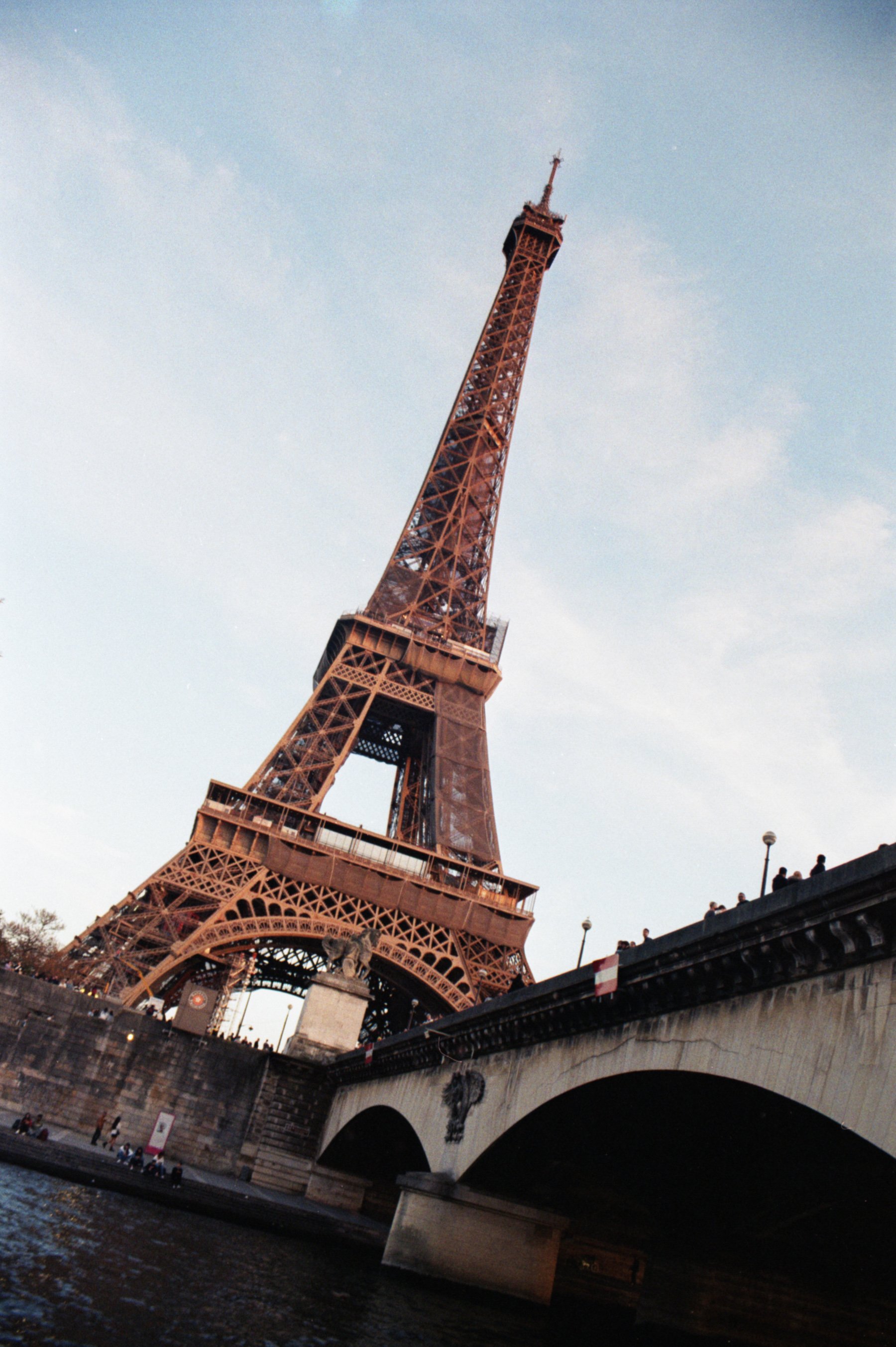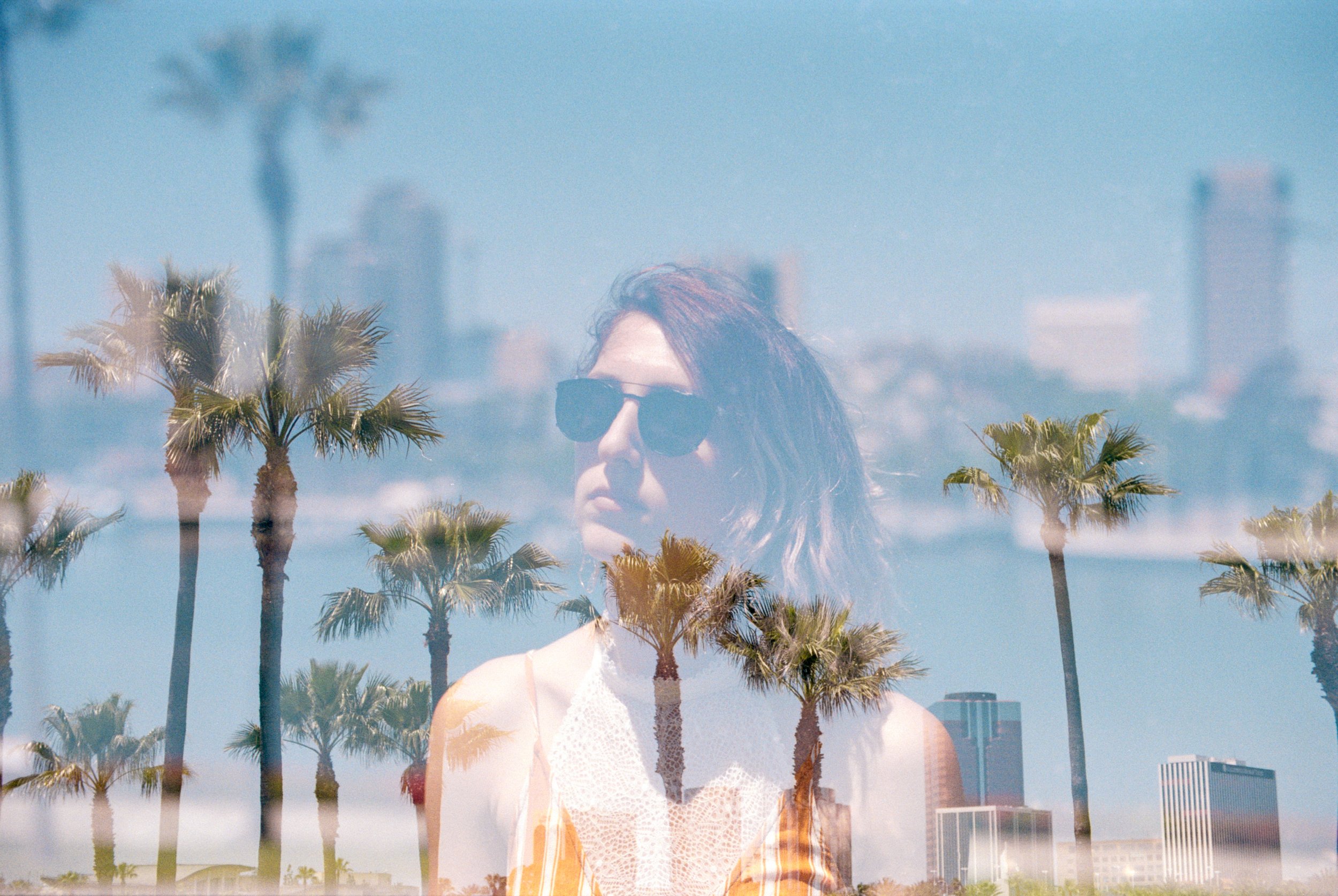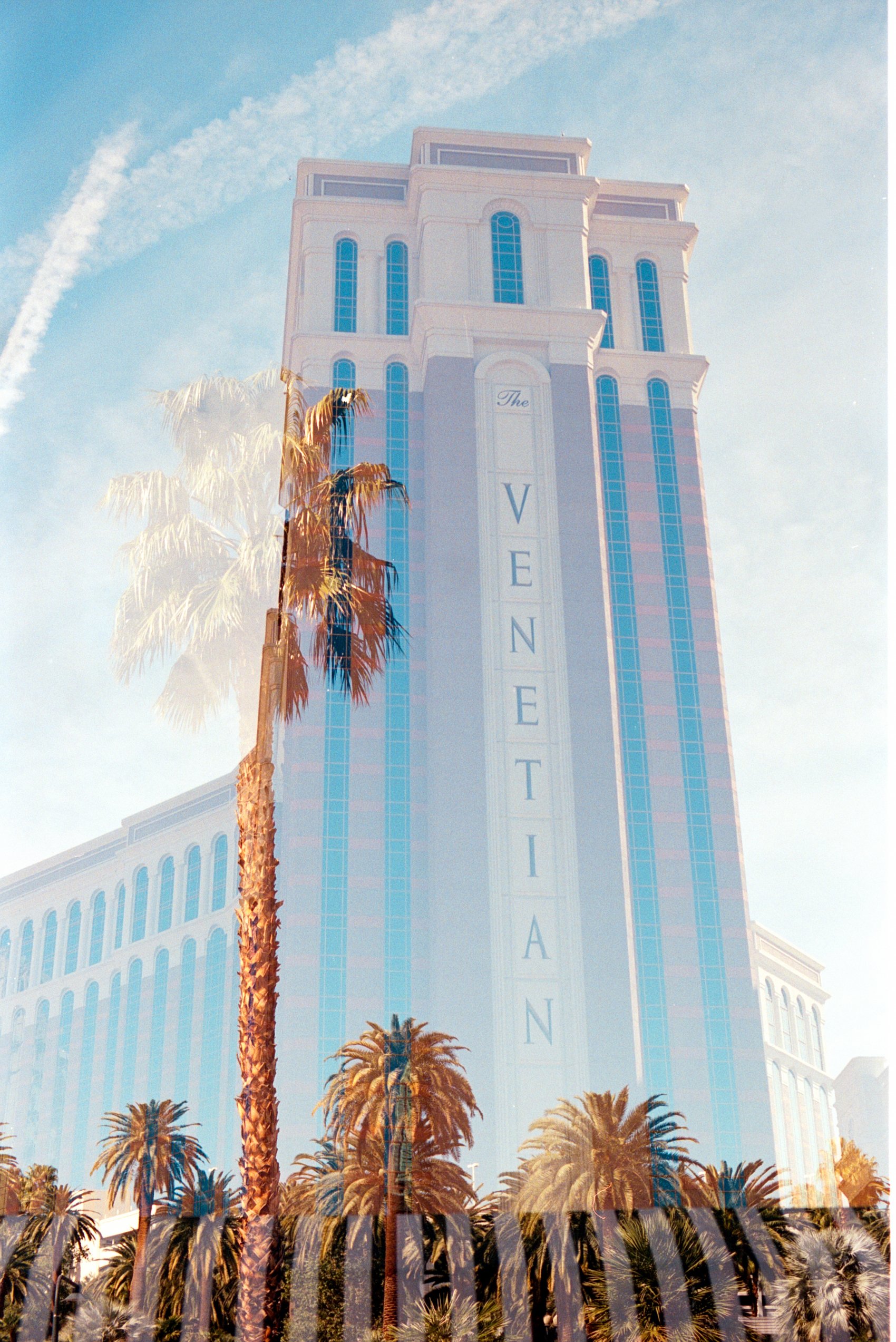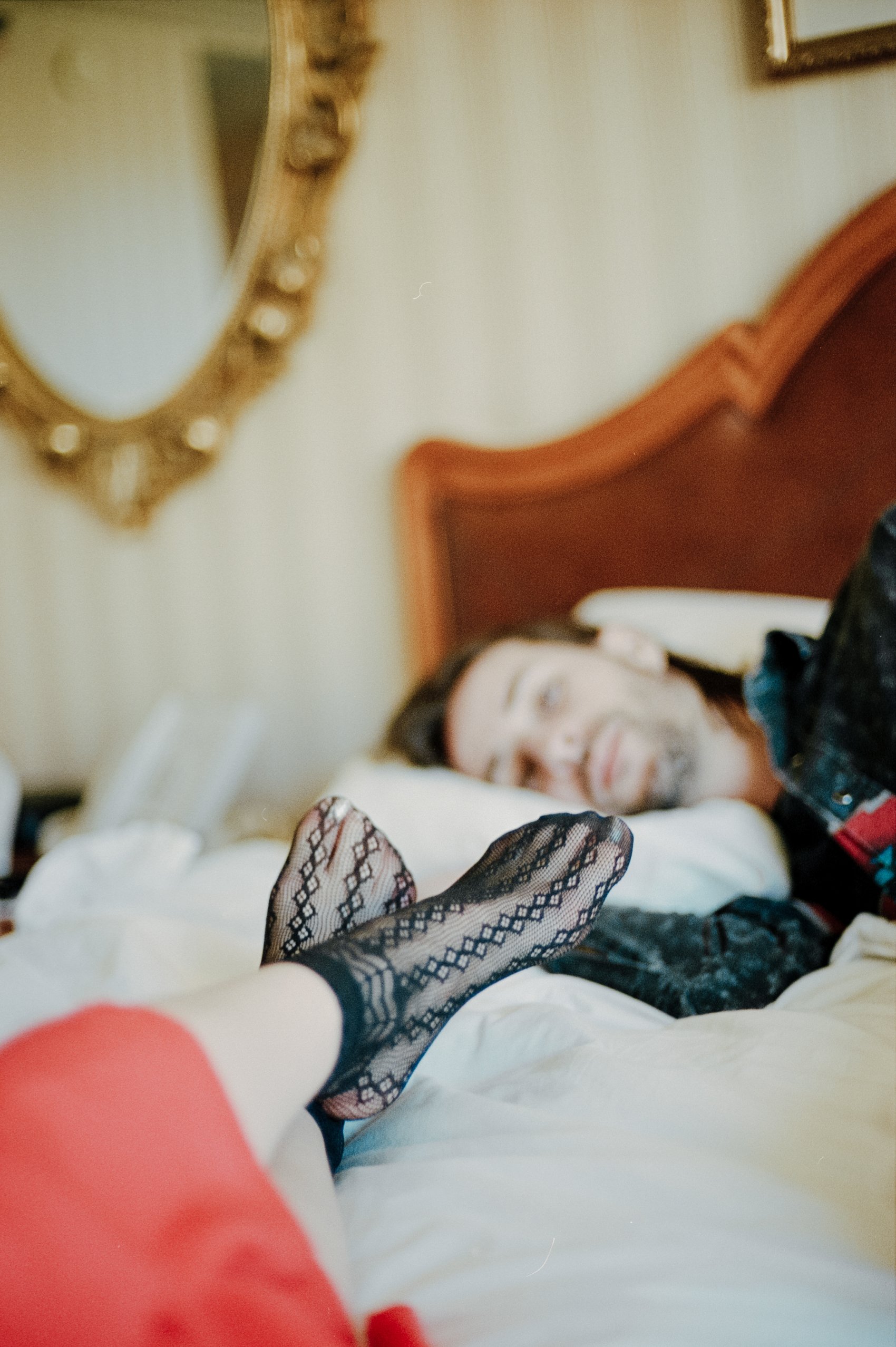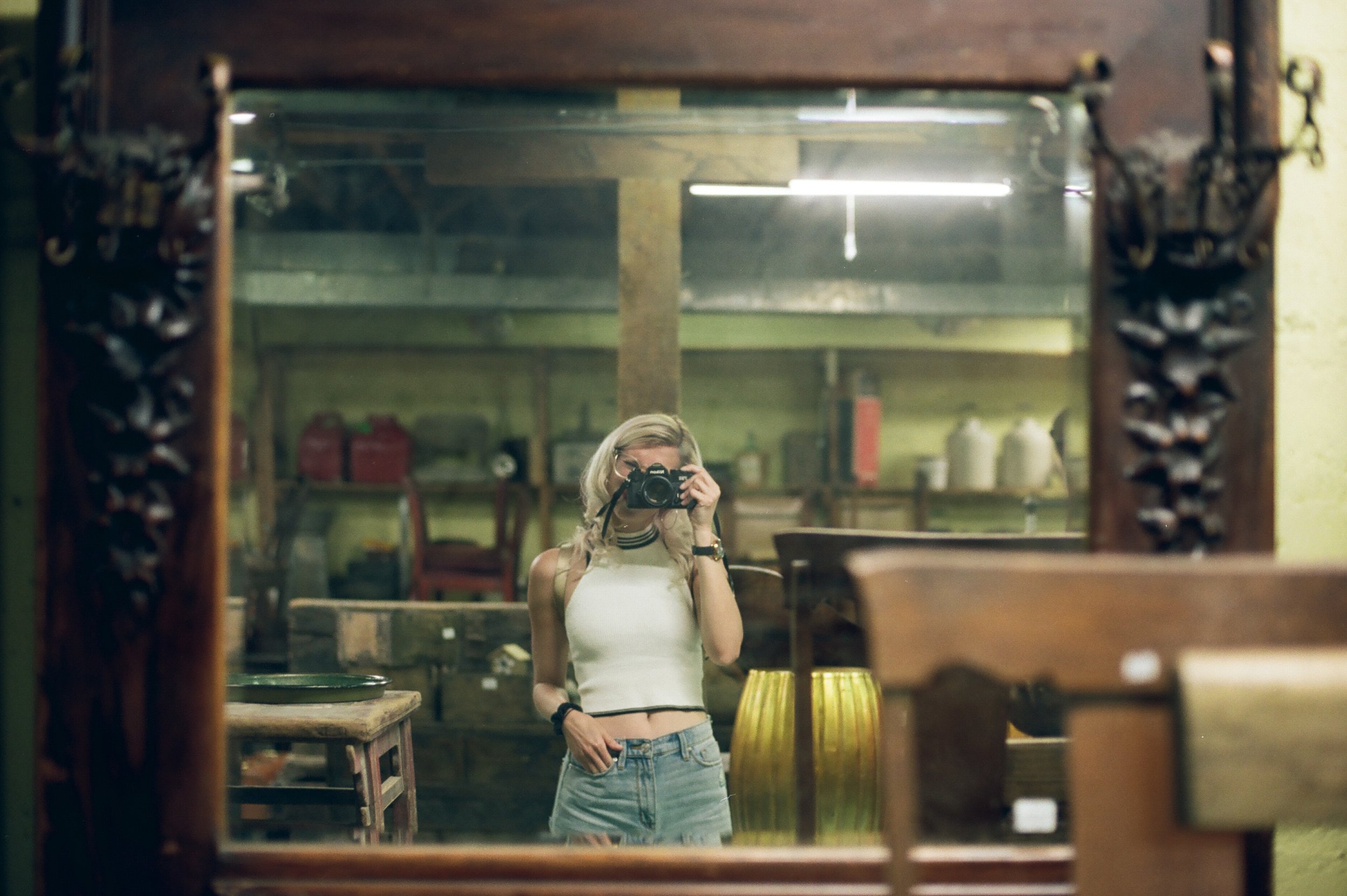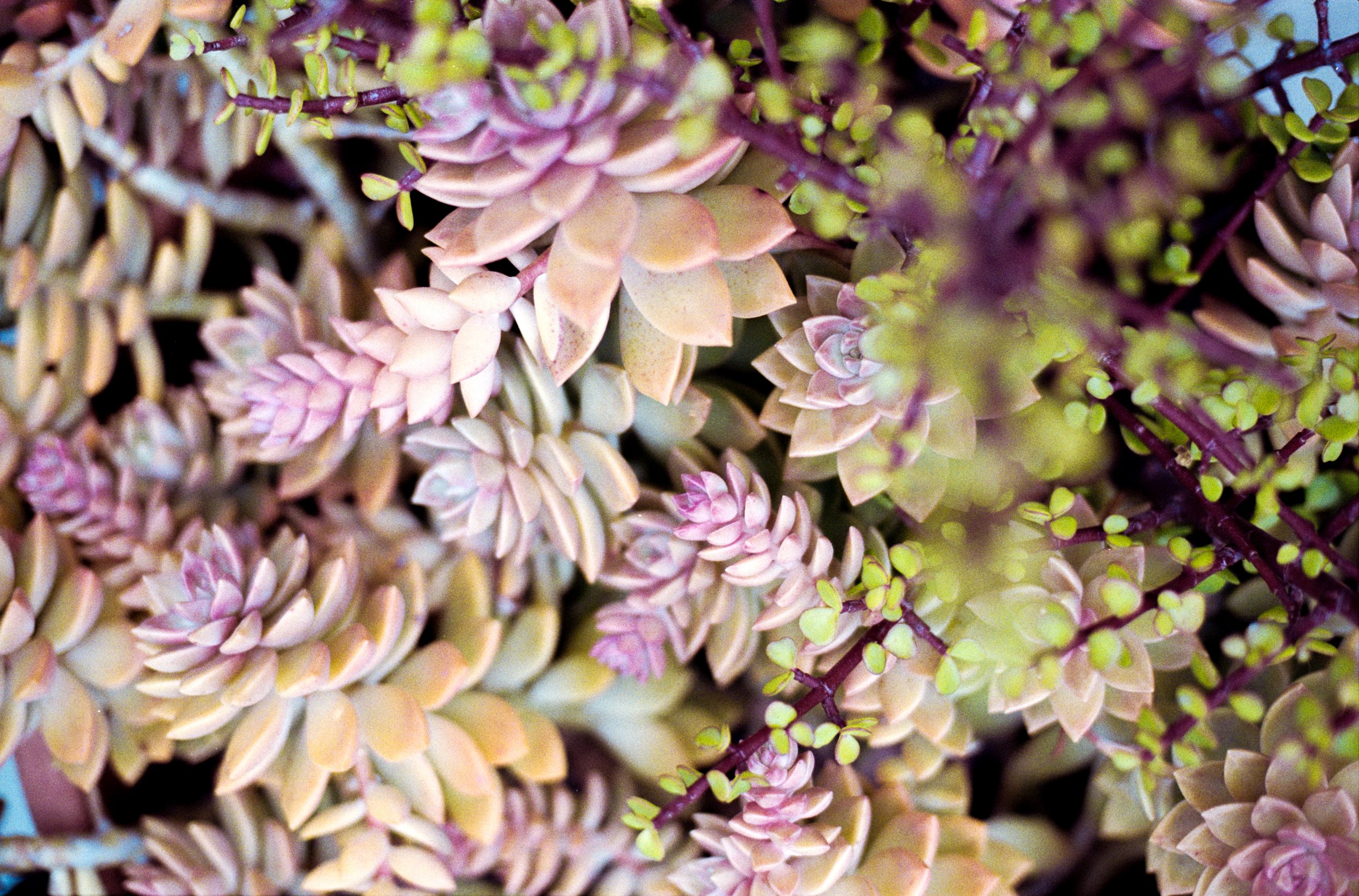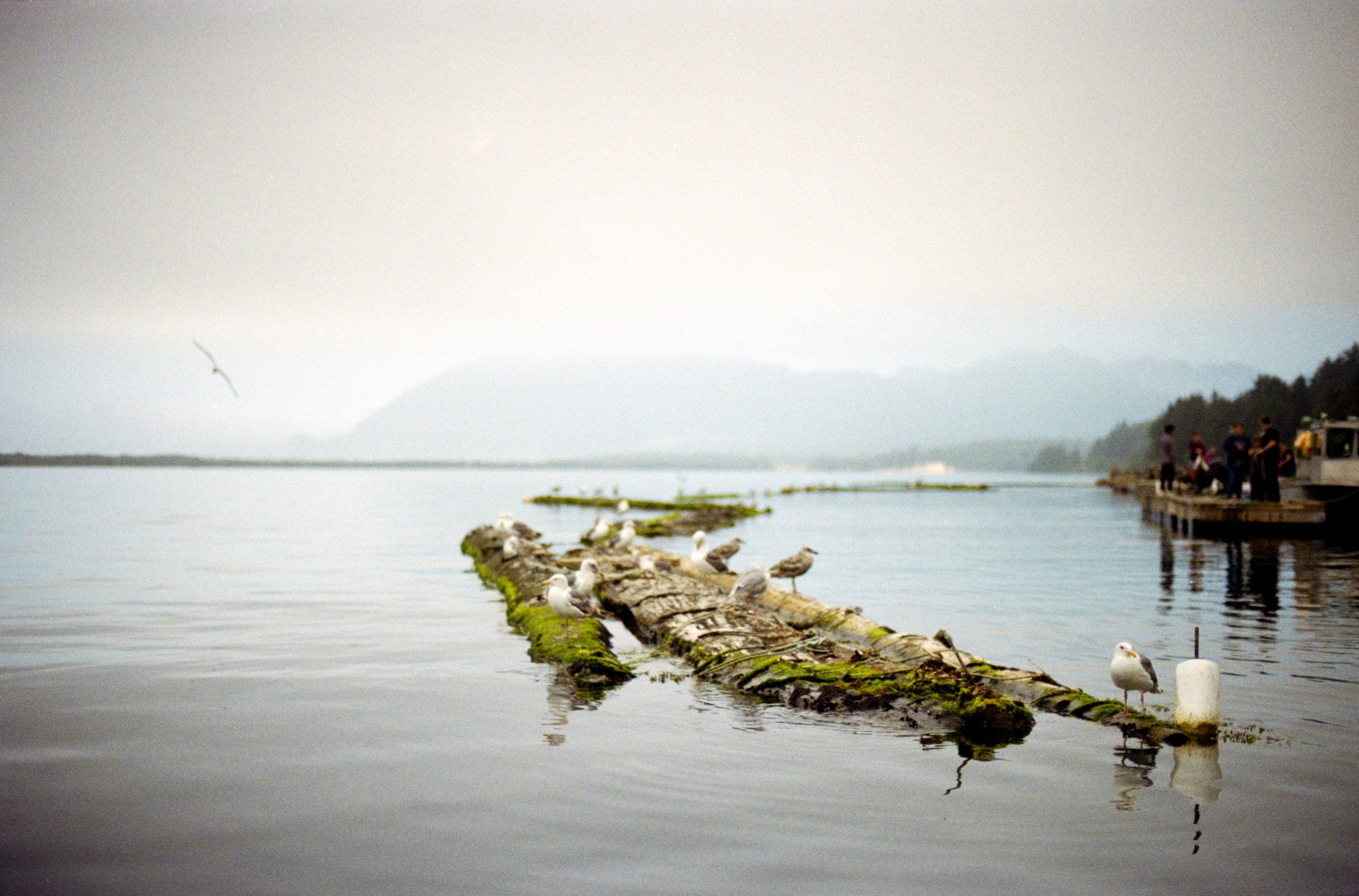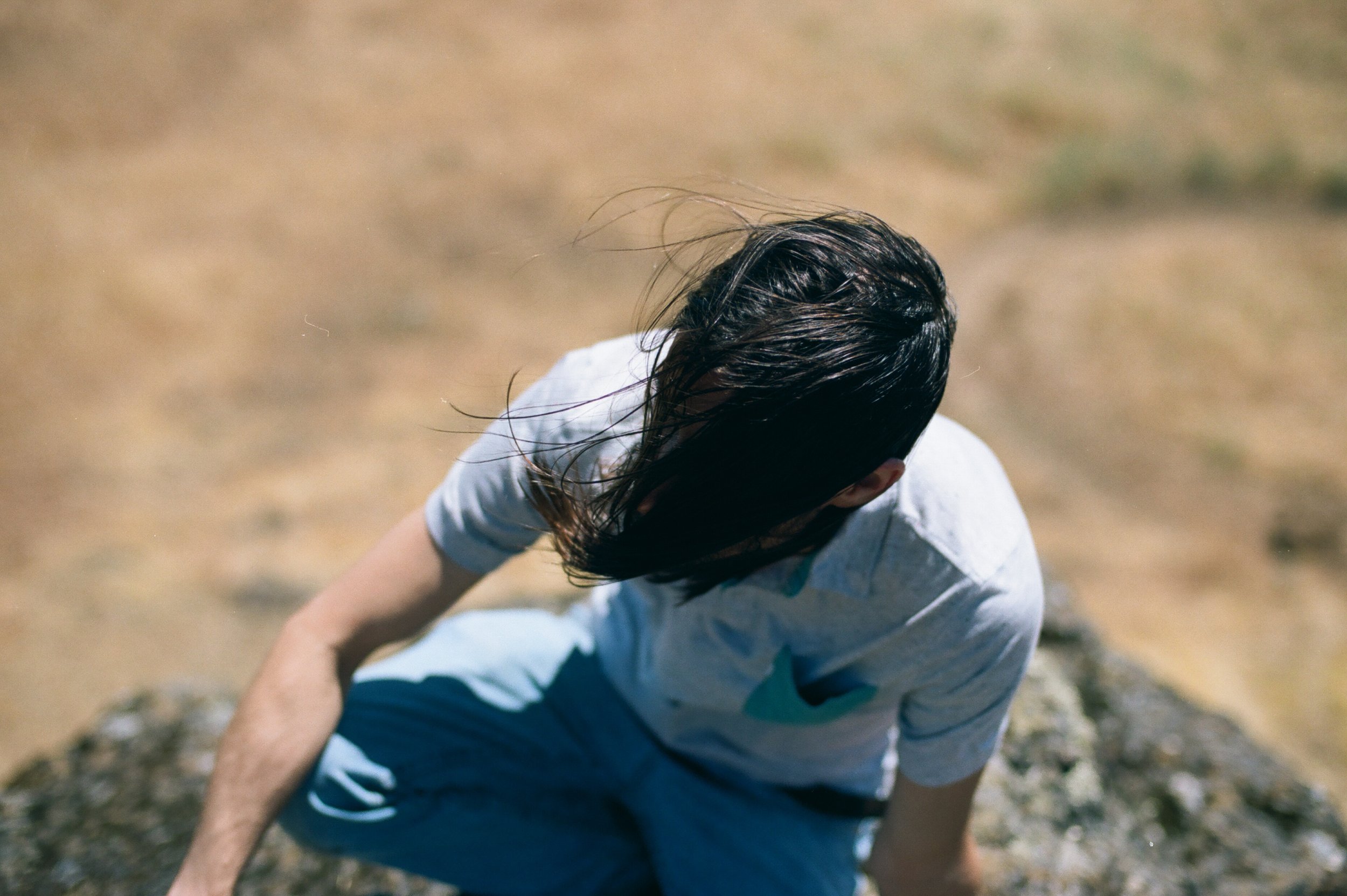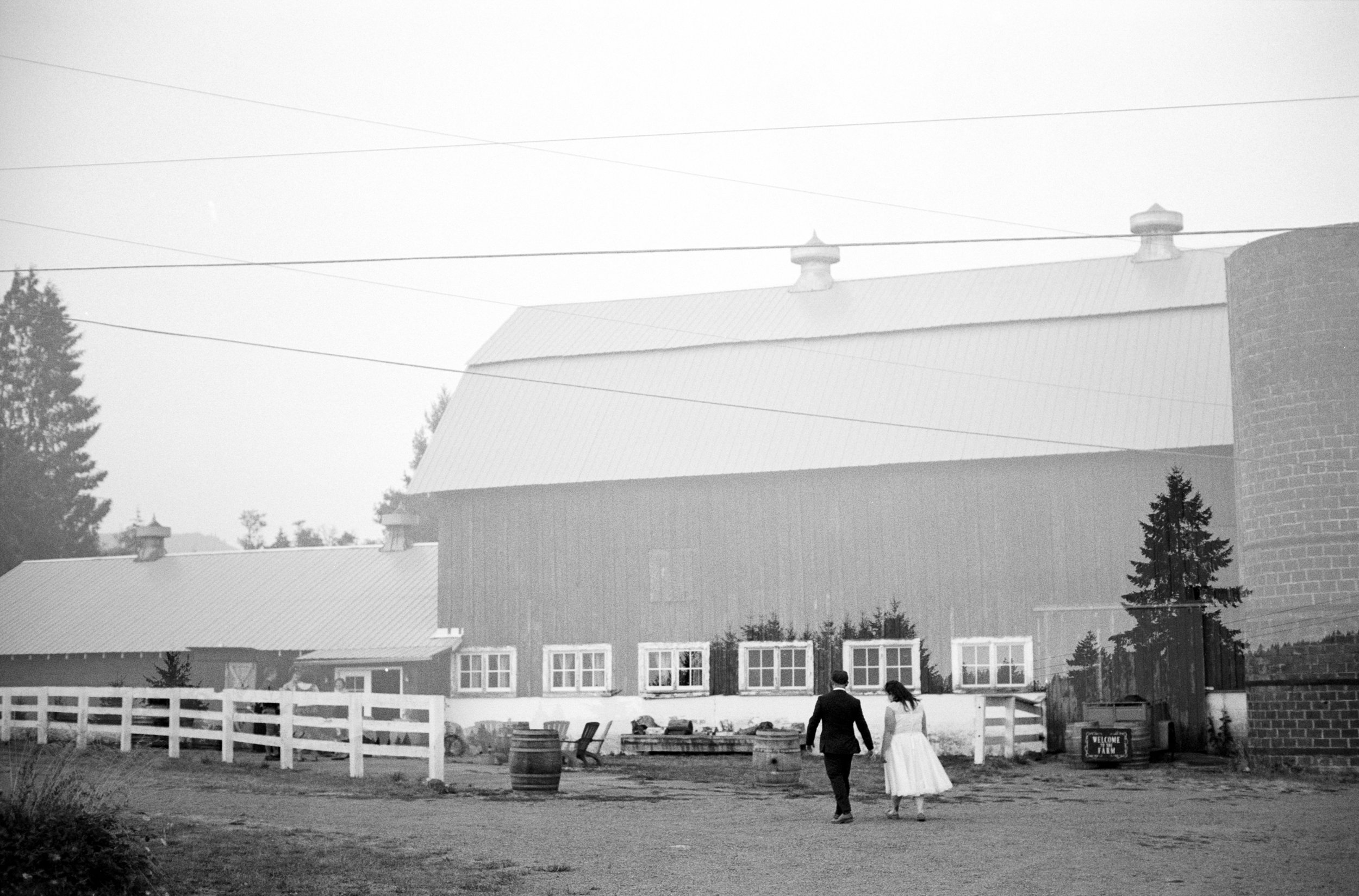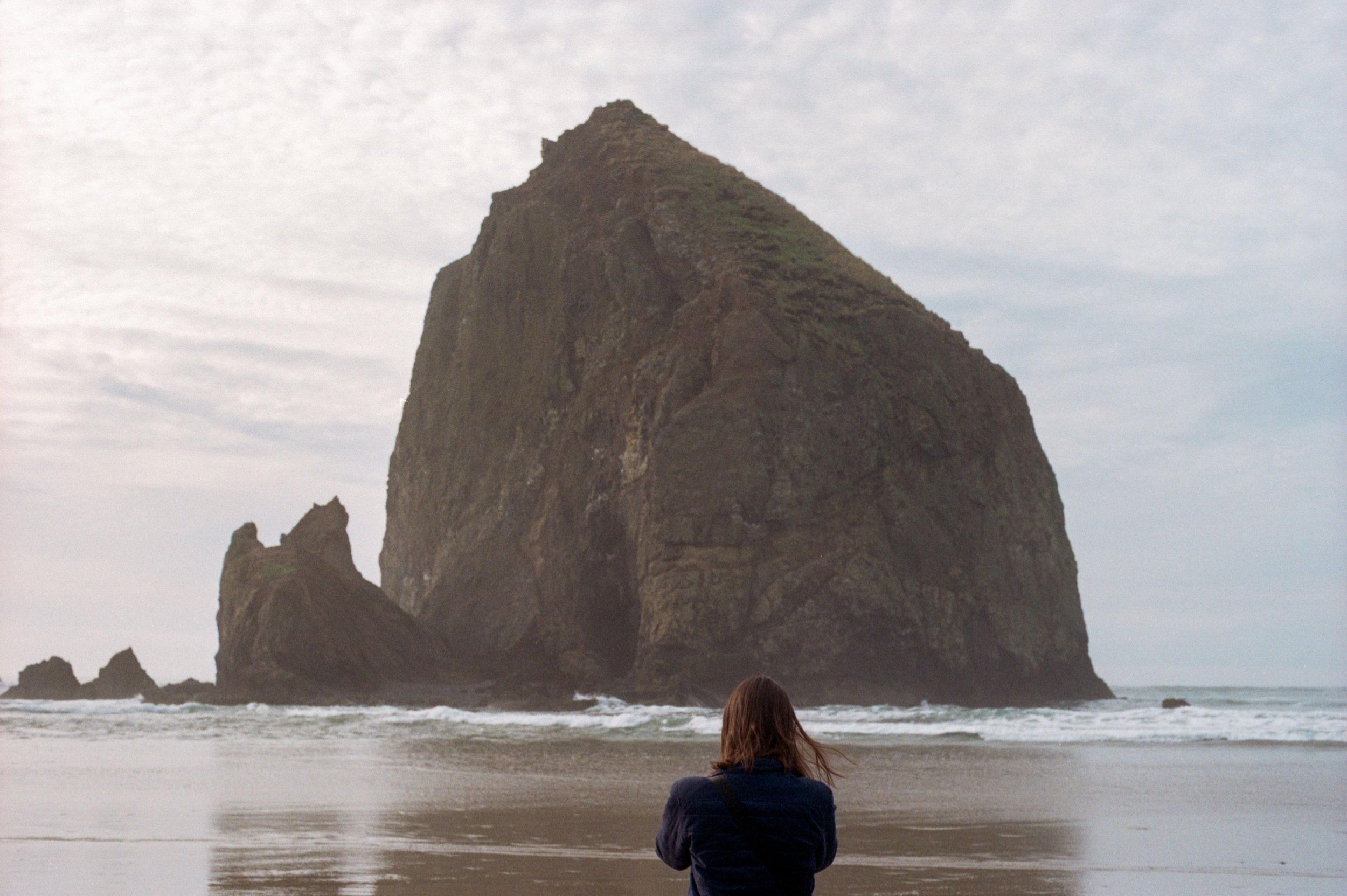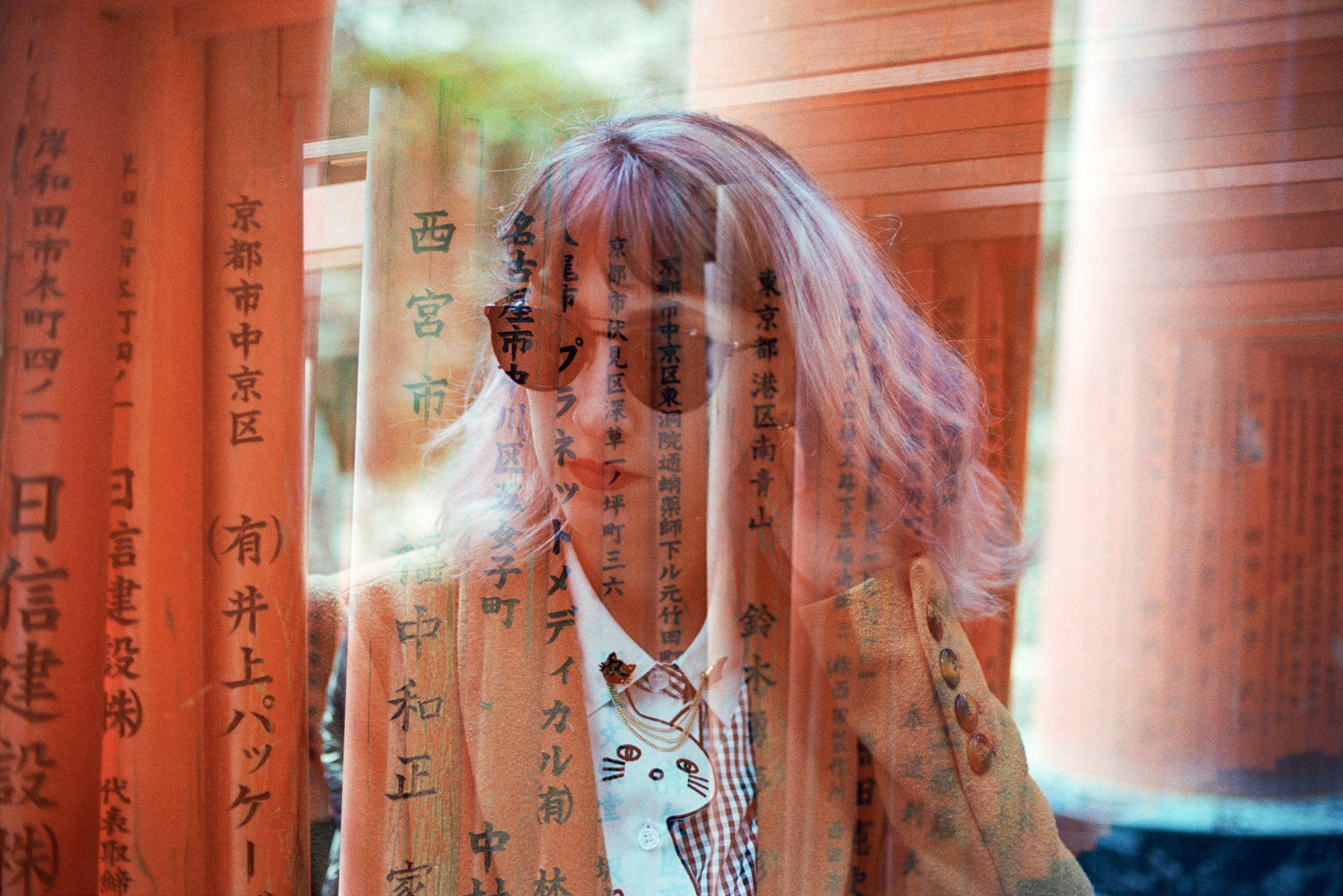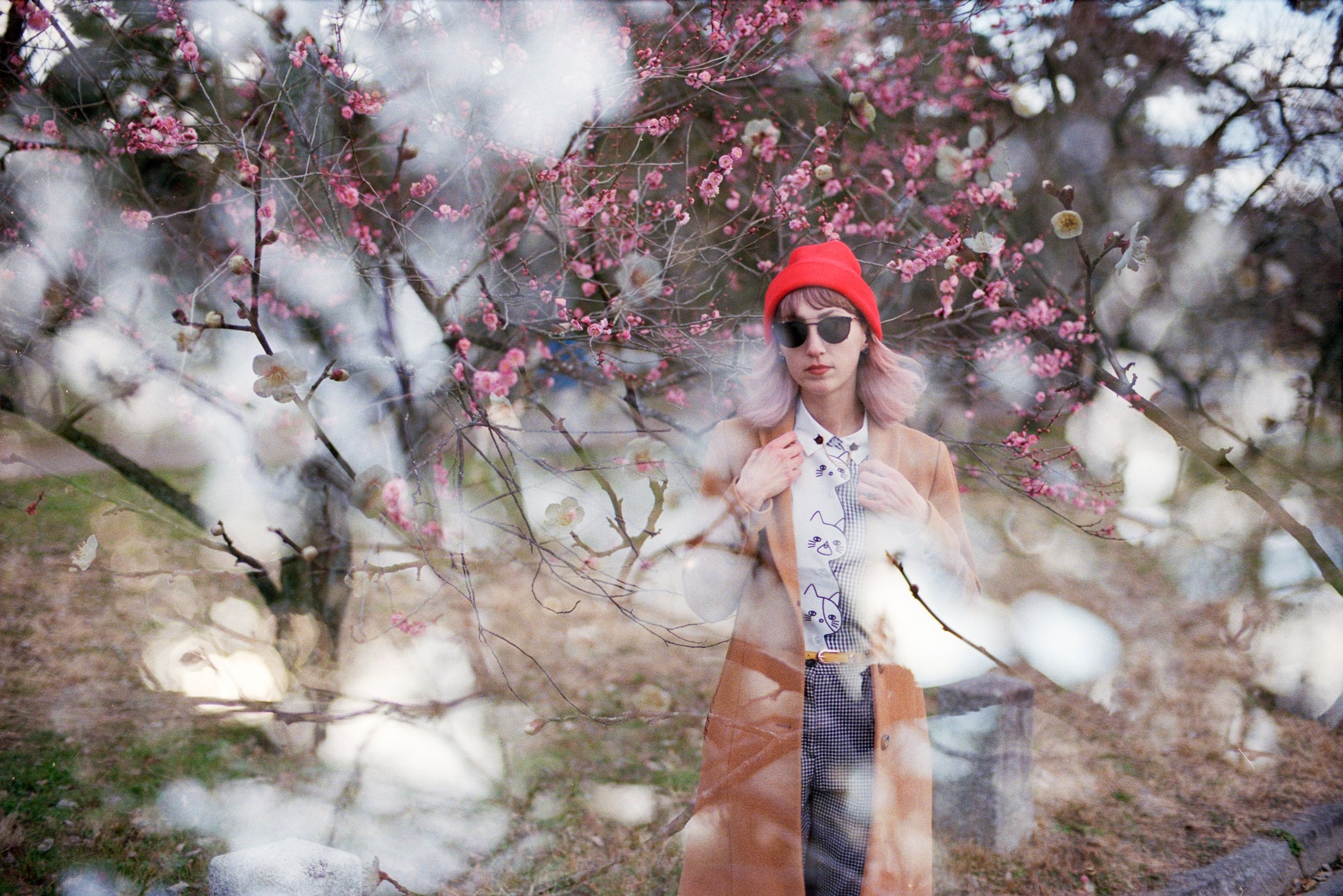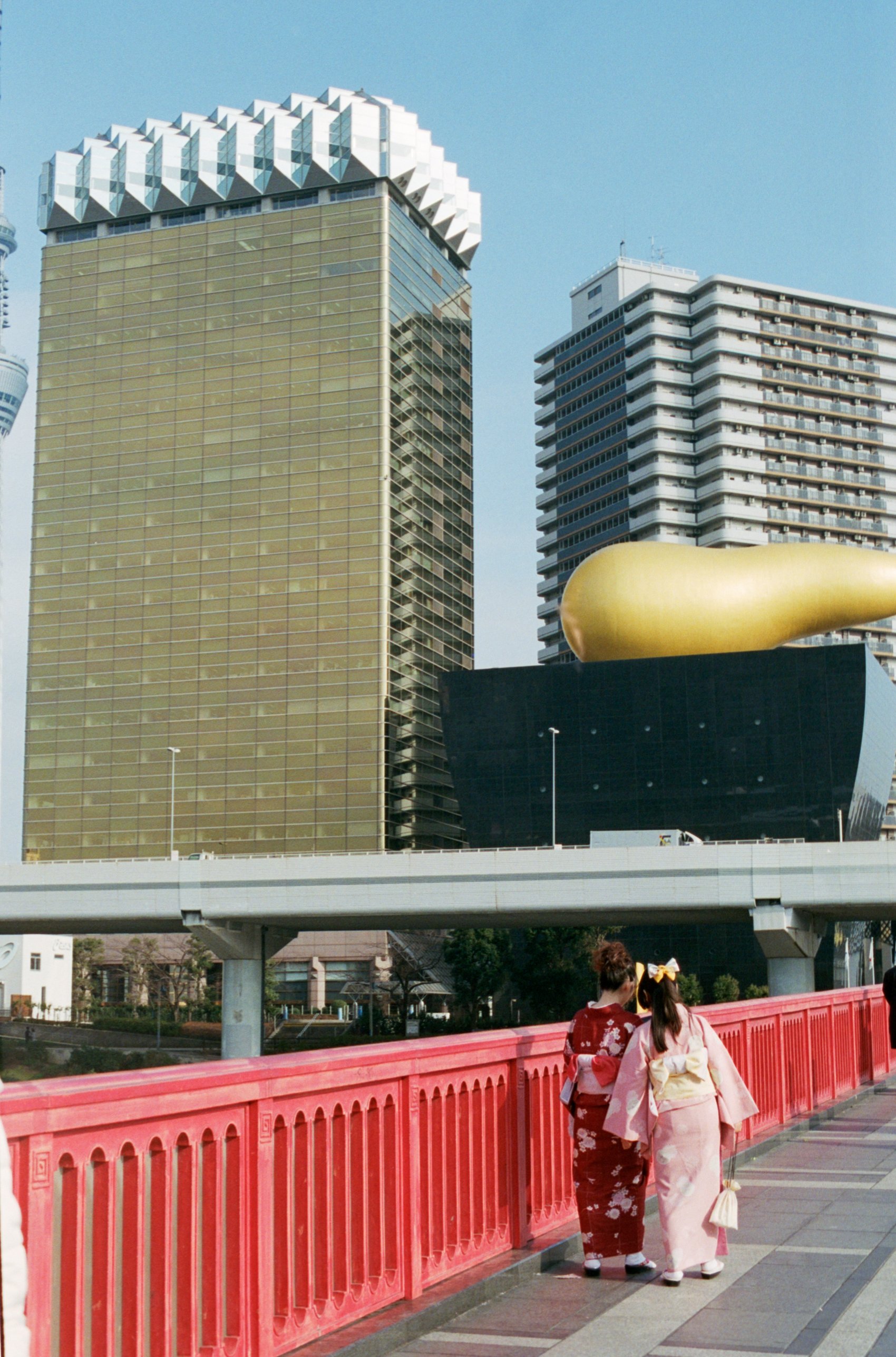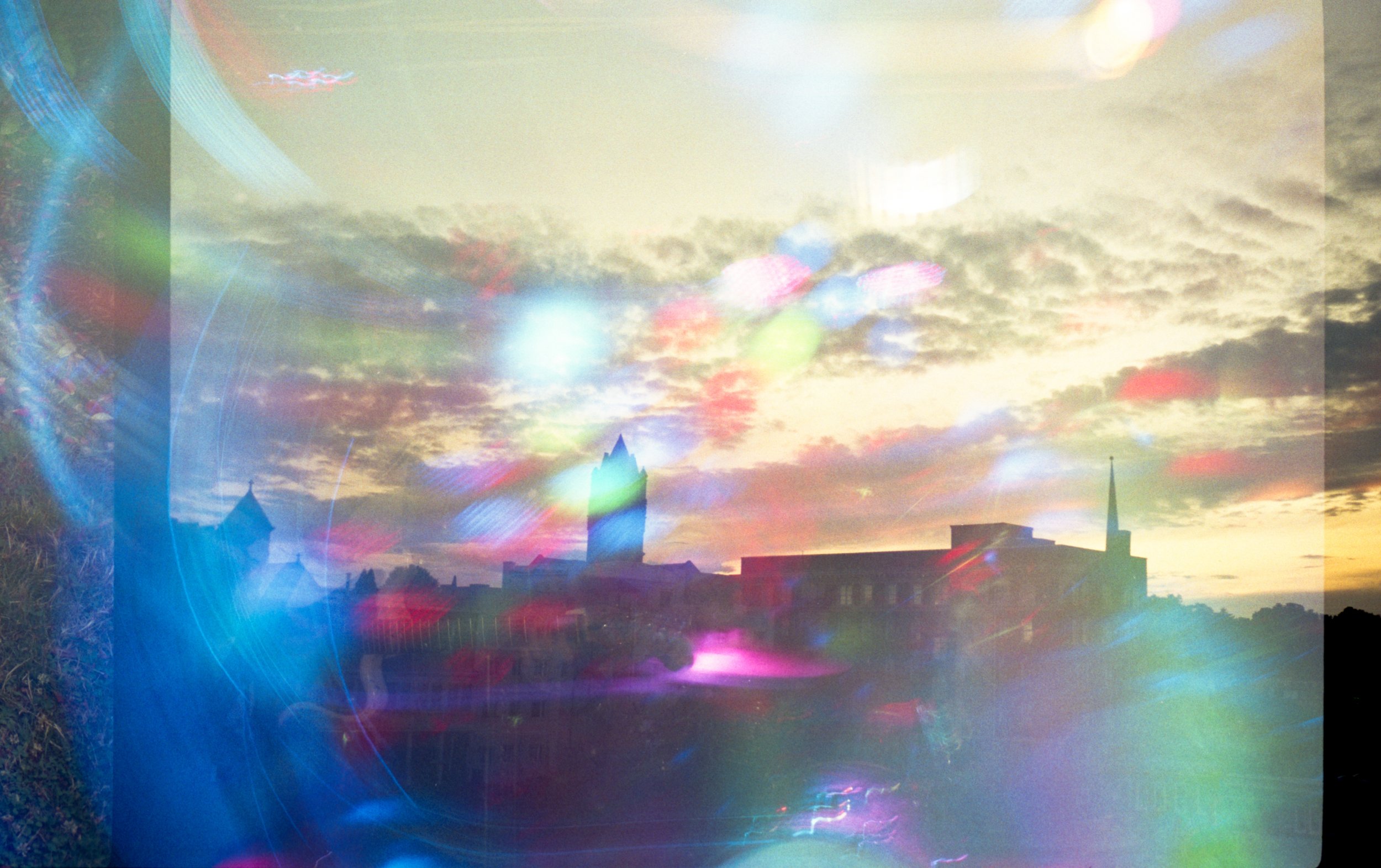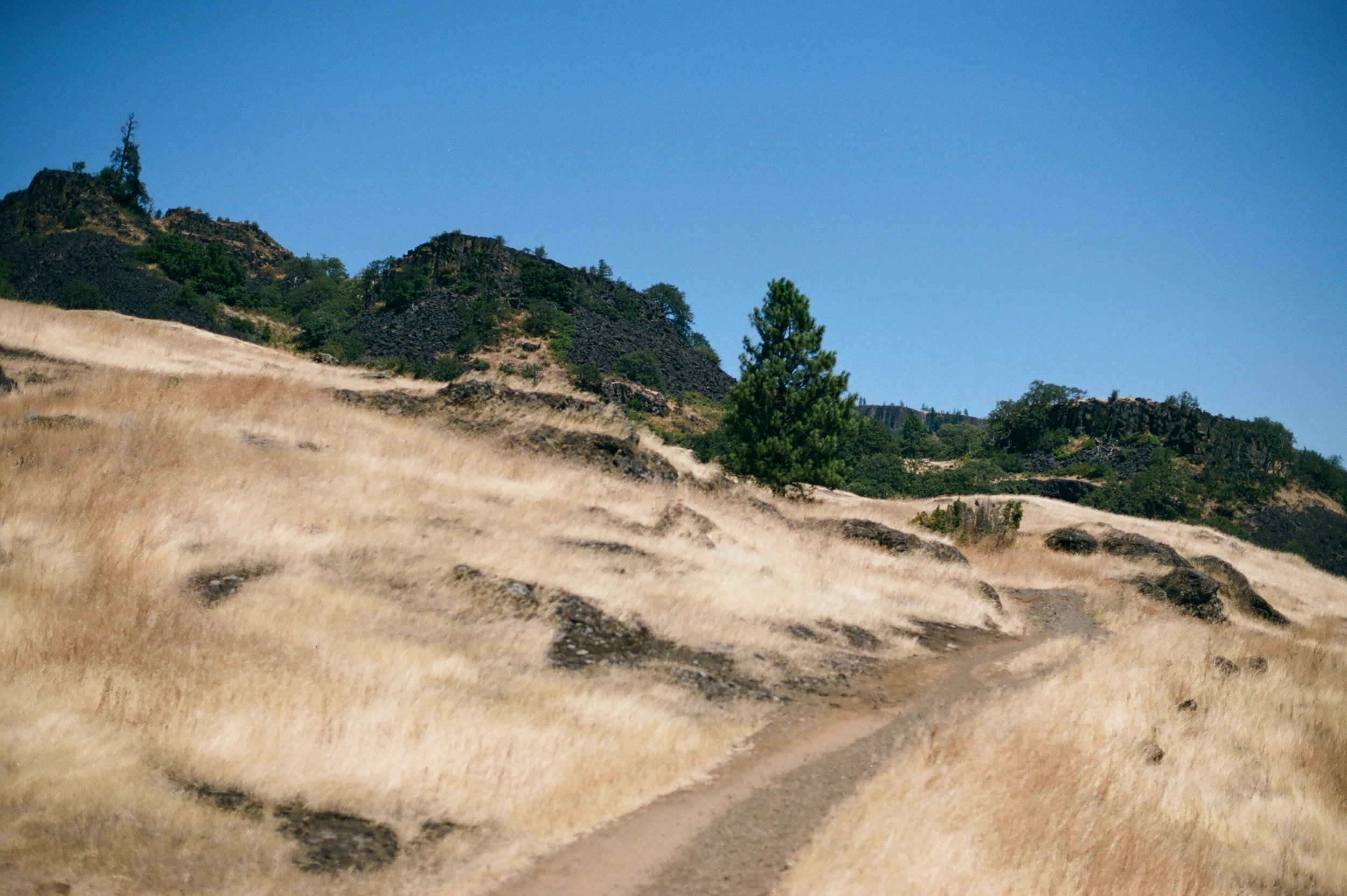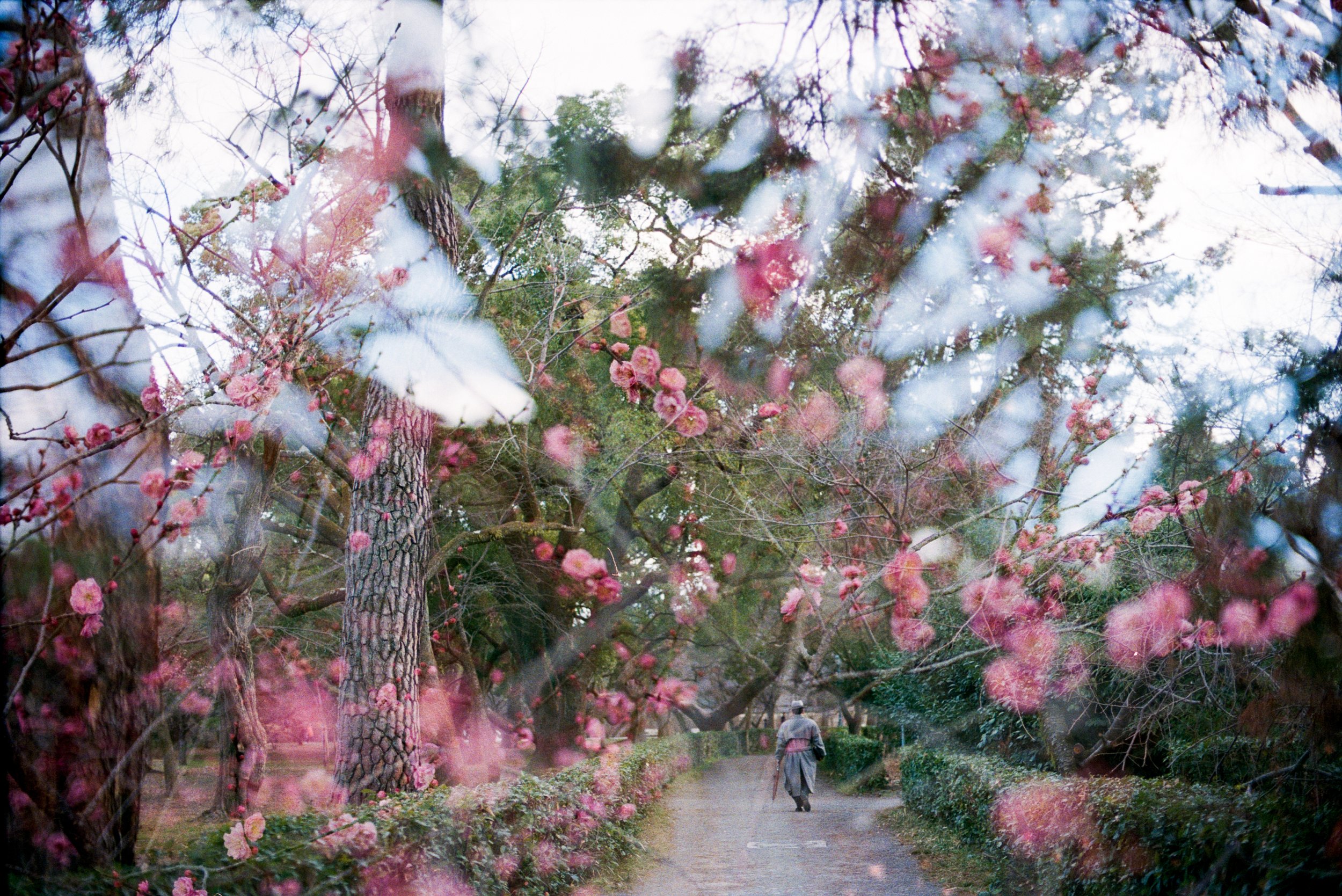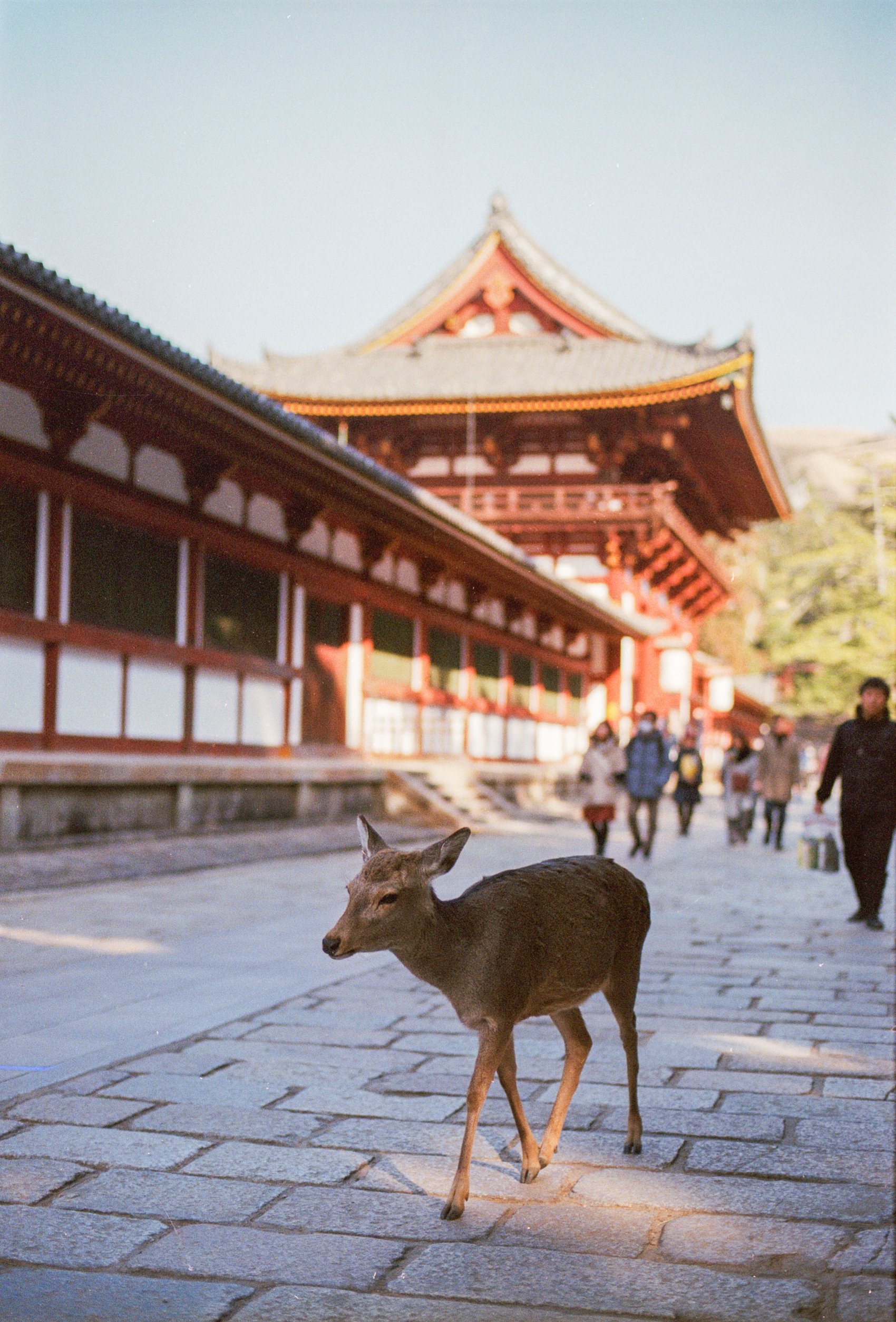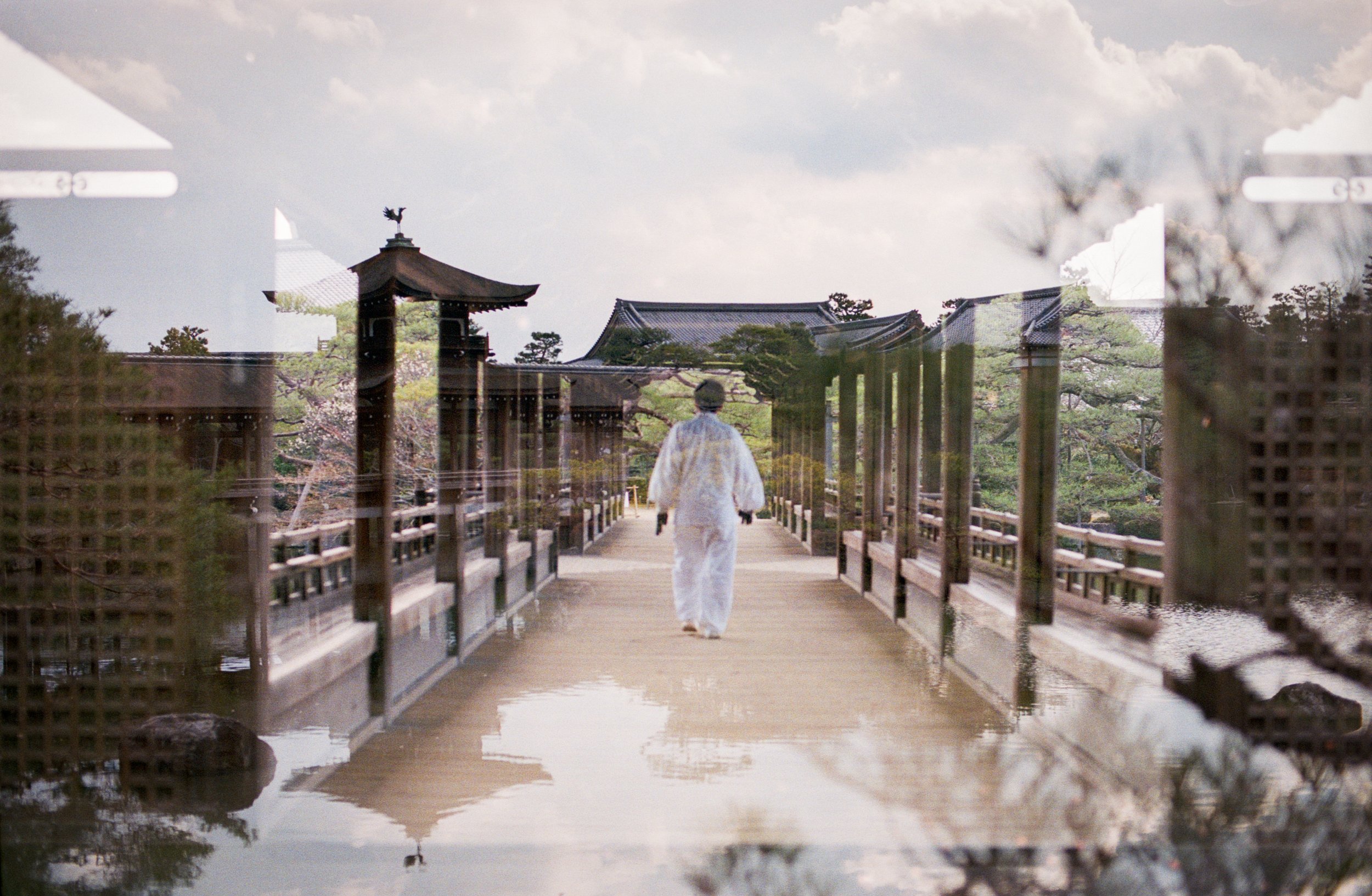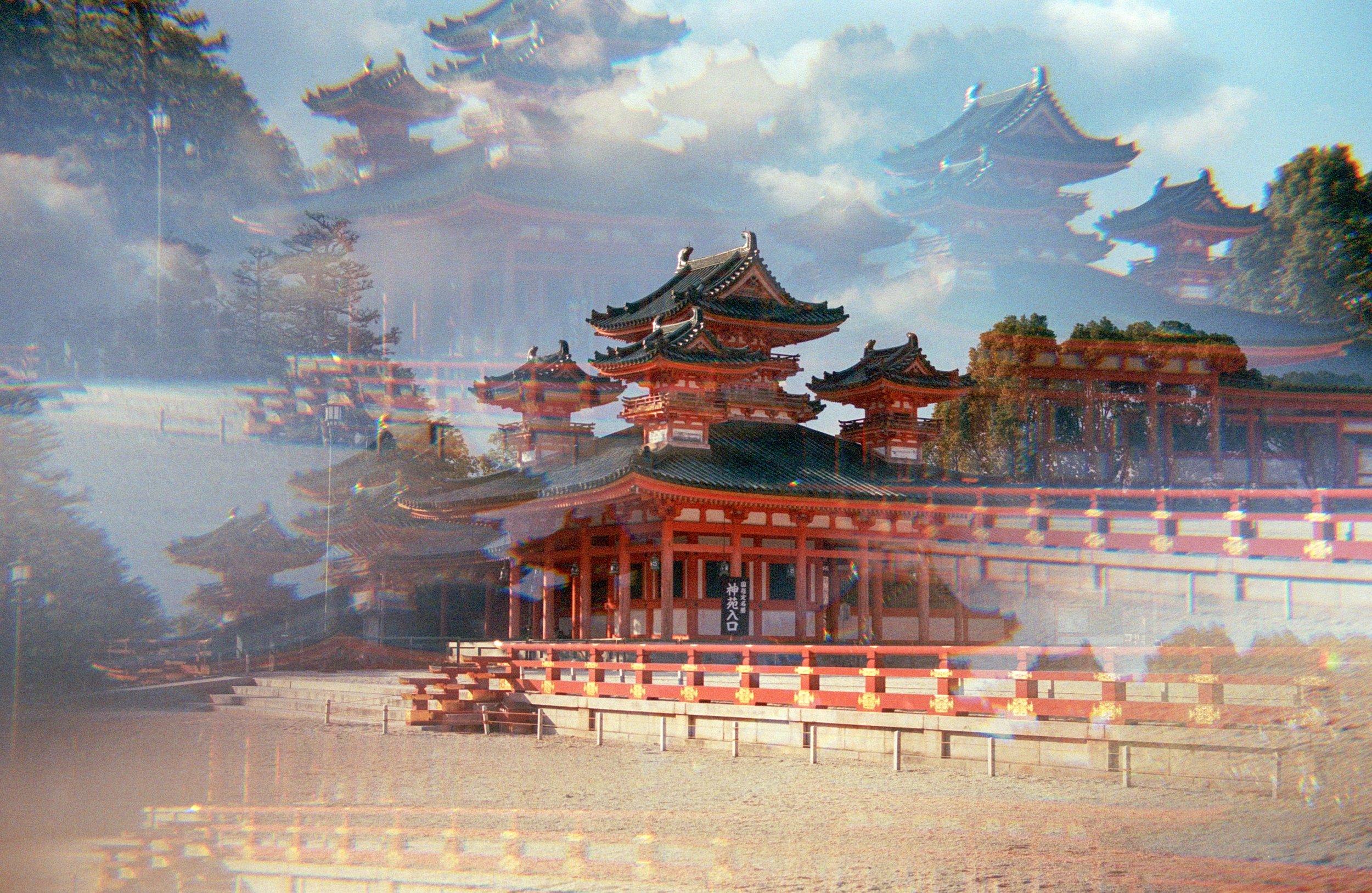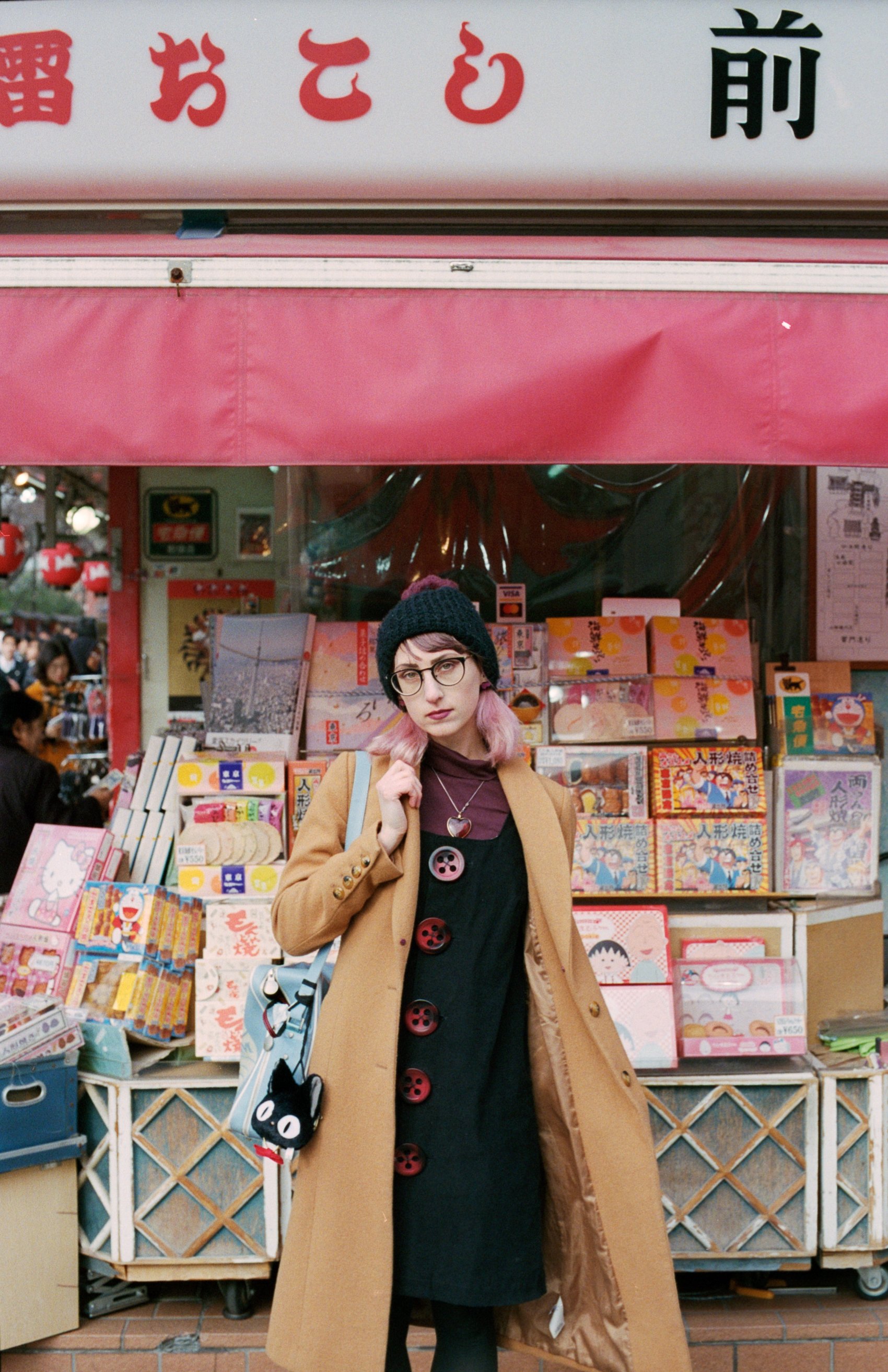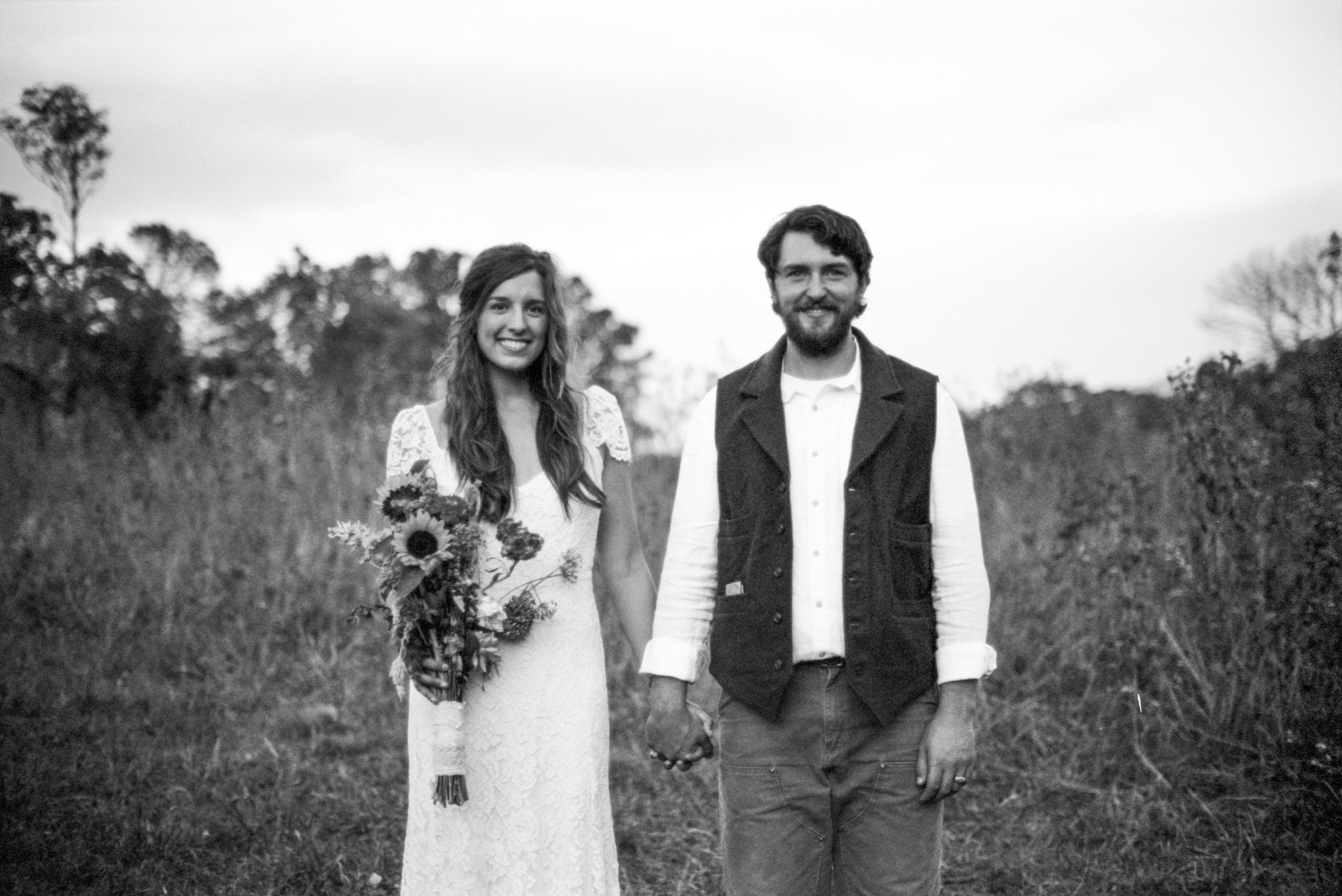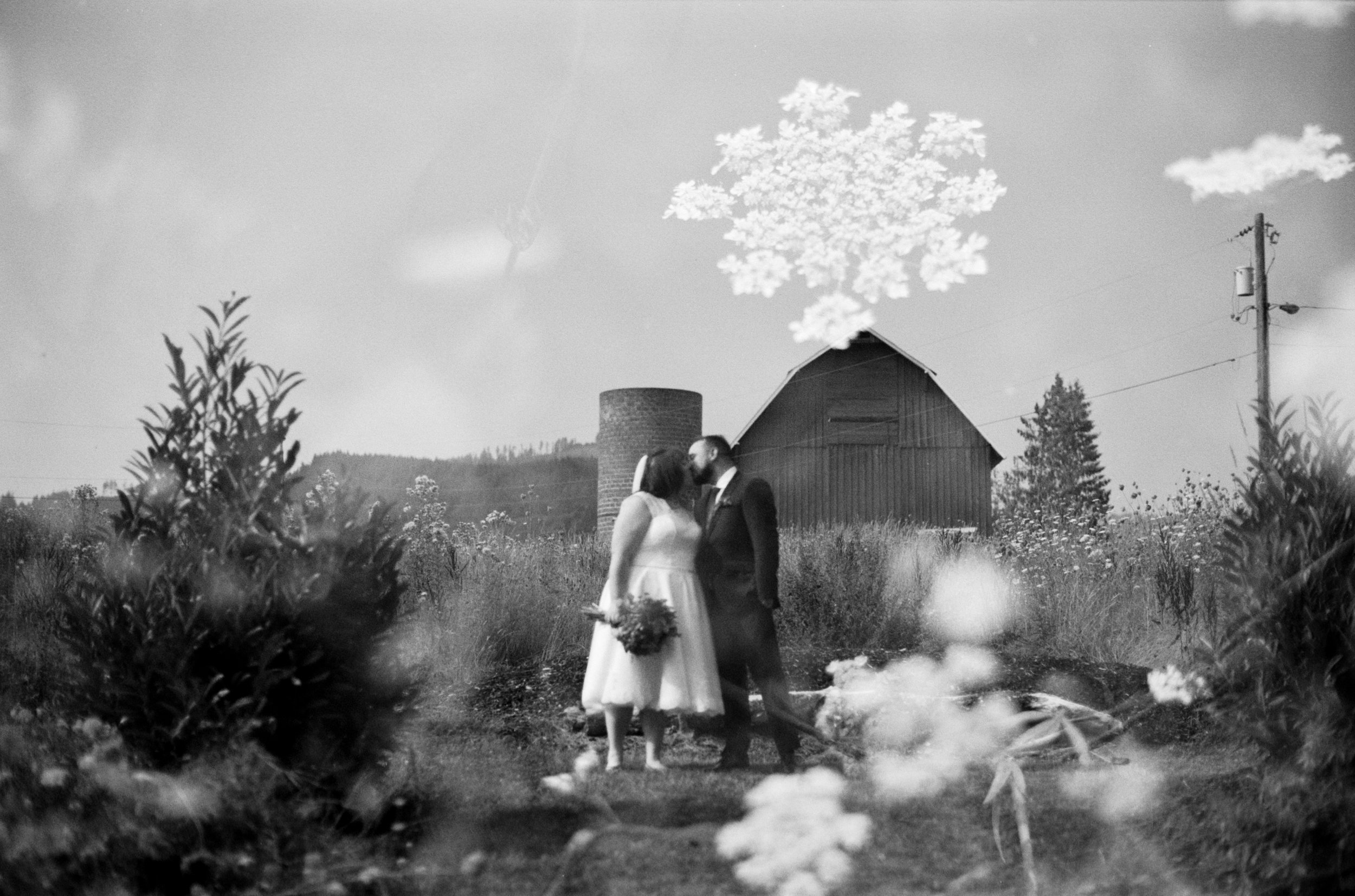(This post contains affiliate links and I will be compensated if you make a purchase after clicking through my links.)
I love Polaroid cameras SO much. There’s nothing quite like the immediate satisfaction of watching a photo develop in front of you. The casual, nostalgic mood and the muted tones give Polaroid photos a truly unique vibe that I have yet to experience with any other camera and film combination.
When I began working as a photographer right after college, my dad stumbled across a few of his old Polaroid cameras that his construction company had used years ago to photograph job sites. I did some googling and found a company called The Impossible Project that had started making film that worked with the old Polaroid cameras. I purchased a few boxes of the film and fell in love the second I started using it. Eventually, The Impossible Project officially gained the rights to the Polaroid name, (after going by Polaroid Originals for a while) and can now be found at Polaroid.com.
If you can get your hands on a vintage Polaroid 600 camera from a friend or family member, don’t turn it down! These cameras are actually pretty sturdy and it’s rare that I’ve come across one that doesn’t work. The version I’ve been using for the last few years is the Polaroid One-Step 600 camera but there are dozens of different 600 cameras to choose from. I also used a Polaroid Impulse for a while too! If you don’t have any Polaroids lurking in your parent’s basement or grandma’s house, you can always find them online. Or you can try out Polaroid’s brand new cameras such as the Polaroid Now or Polaroid Go.
CAMERA:
Purchase a Polaroid One-Step 600 on Amazon!
Purchase a Polaroid One-Step 600 on eBay!
Purchase a Used Polaroid One-Step 600 on KEH Camera!
Purchase a Polaroid Now or Polaroid Go on Polaroid.com!
FILM:
Purchase 600 film on Amazon!
Purchase 600 film on Polaroid.com!
Tip: Make sure to buy the correct version of the film for your camera, whether that’s 600, SX-70, i-Type or Go film. If it’s listed under “Polaroid Originals”, that’s totally fine - it’s just the name that the company went by before officially becoming Polaroid.
5 reasons to buy a Polaroid 600 Camera:
They are SUPER easy to use!
While these cameras might be old and somewhat intimidating, they are truly one of the easiest cameras out there to use. You slide the film in, pop open the viewfinder, look through and compress the shutter button. That’s it! However, it may take some getting used to when it comes to lighting conditions and film lightness vs. darkness. Most 600 cameras have a slider that allows some exposure control over the film darkness. If you prefer to shoot in bright conditions, I recommend sliding it a little towards the darker side. If you tend to shoot in lower light conditions, I recommend keeping it in the middle position, or sliding it the tiniest bit toward the brighter end.There is nothing like it.
Polaroids can be used to photograph anything and everything. Somehow, they make even the dullest moment seem memorable and exciting. I particularly love using it for fashion portraits and landscapes, but I also love the way some people use it to document parties or events, as it adds a value of nostalgia and automatically looks like it was taken 30 years ago. I’ve used dozens of cameras over the years, but there is nothing quite like taking a classic Polaroid. It’s also nice to have a physical photograph from your shoot to hang on the fridge or put it in a scrapbook. The magic of printed images slowly diminished after digital photography came around, so there’s something thrilling about having an immediate physical copy of your photograph in your hands.They are sturdy and long-lasting.
I have yet to stumble across a Polaroid 600 that doesn’t work. I have, however, stumbled across Polaroid SX-70s that don’t work, so I think the 600 version just seems to last longer overall. The version that I use, the Polaroid One-Step, folds up into a square and easily fits inside a camera bag without risking damage to the camera. They are super lightweight and easy to carry around too. Plus, it’s just plain FUN to use the pop-up viewfinder and surprise your friends and family with this unique-looking, vintage camera.They are affordable.
While, yes, they have gone up in value over the years, they are still relatively affordable compared to other vintage cameras. You can find different versions of the Polaroid 600 camera in the $30-200 range, but even up to $700 depending on the model and rareness of the camera. From Barbie to LEGO to USPS, there are so many different designs and colors to choose from. Once you start delving into the options, it’s nearly impossible to NOT want to start collecting them all.You could become a better photographer!
I truly believe that using film cameras, especially Polaroid cameras, will force you to be more decisive with your images. Considering the fact that you are paying for every image that you take, your brain will automatically let you know if a moment is worth capturing. Oftentimes, I’ll point my Polaroid at a landscape or building, thinking it will make a good photograph, but once I look through the viewfinder, I ask myself, is it special enough? This means you’ll take less images overall and that the ones you do take, will mean something. Not to mention, you’ll become better at composing your images because you’ll immediately see the results and learn from your mistakes. If you accidentally cropped someone out of the shot, or took the photo a little too crooked or off to the side, you’ll see that up close and personal on your printed Polaroid.
Here are a few sample photos I’ve taken with my Polaroid 600 cameras over the years:
Thanks so much for stopping by! Feel free to leave any questions or comments below. :)
If you found this post helpful or if you’d like to see more of my work, I’d love it if you considered signing up for my Patreon! For as little as $1 a month, you’ll get early access to all of my YouTube videos, plus tons of photos that I don’t post anywhere else. Depending on which tier you choose, you could also receive seasonal prints and/or discounts! I always use all of the proceeds towards cameras, film & processing. Find out more here!
Have a lovely day!
<3 Myles Katherine


